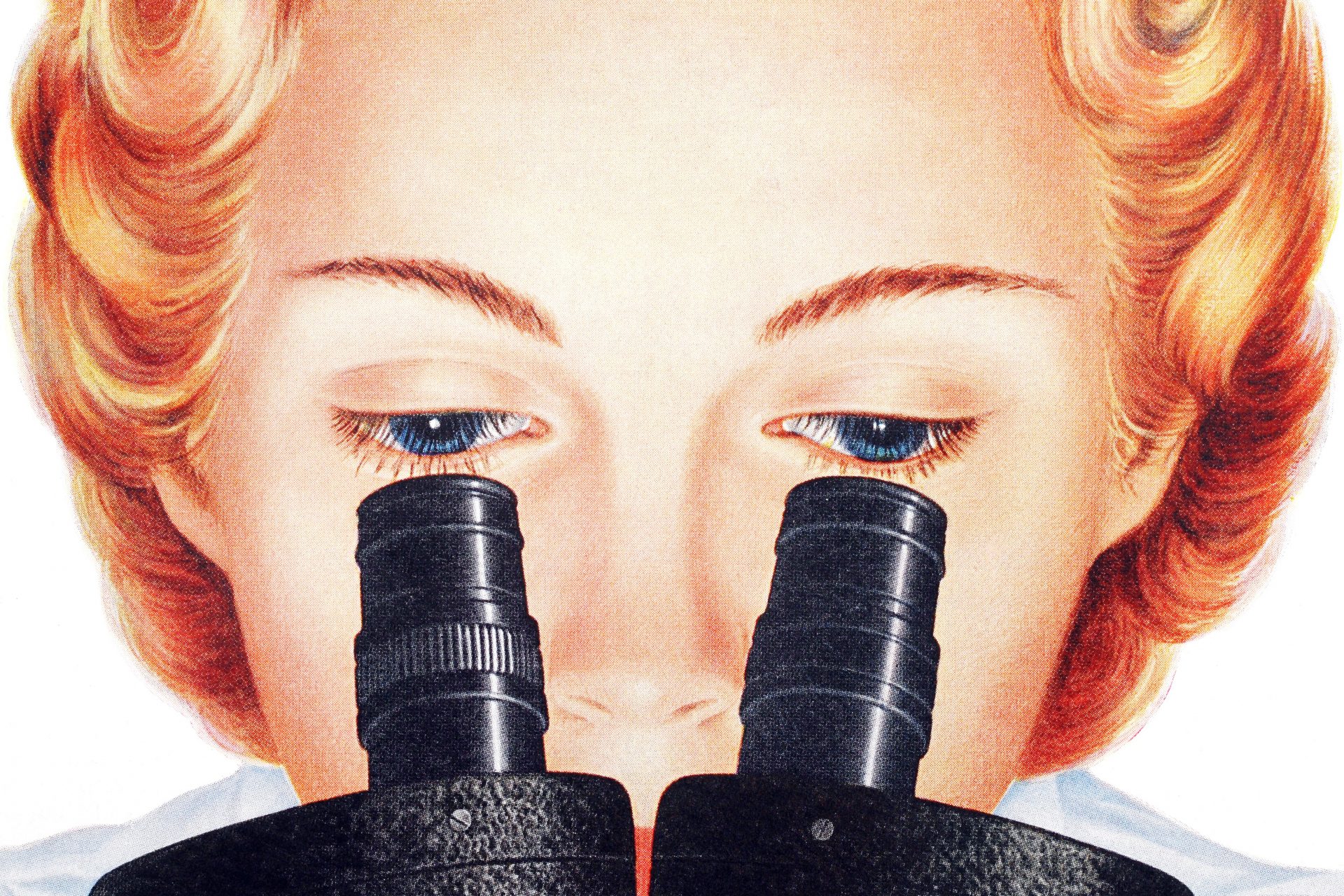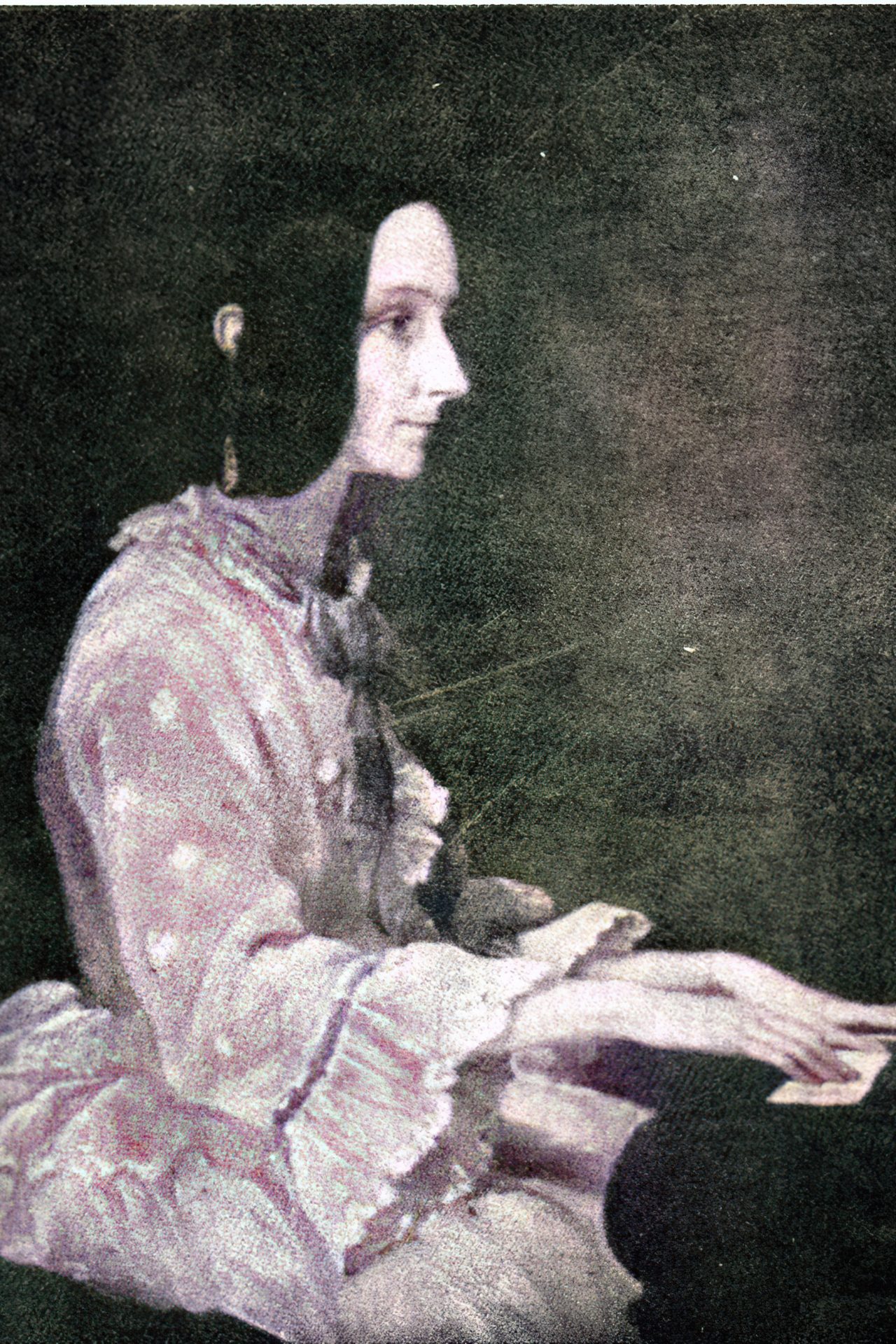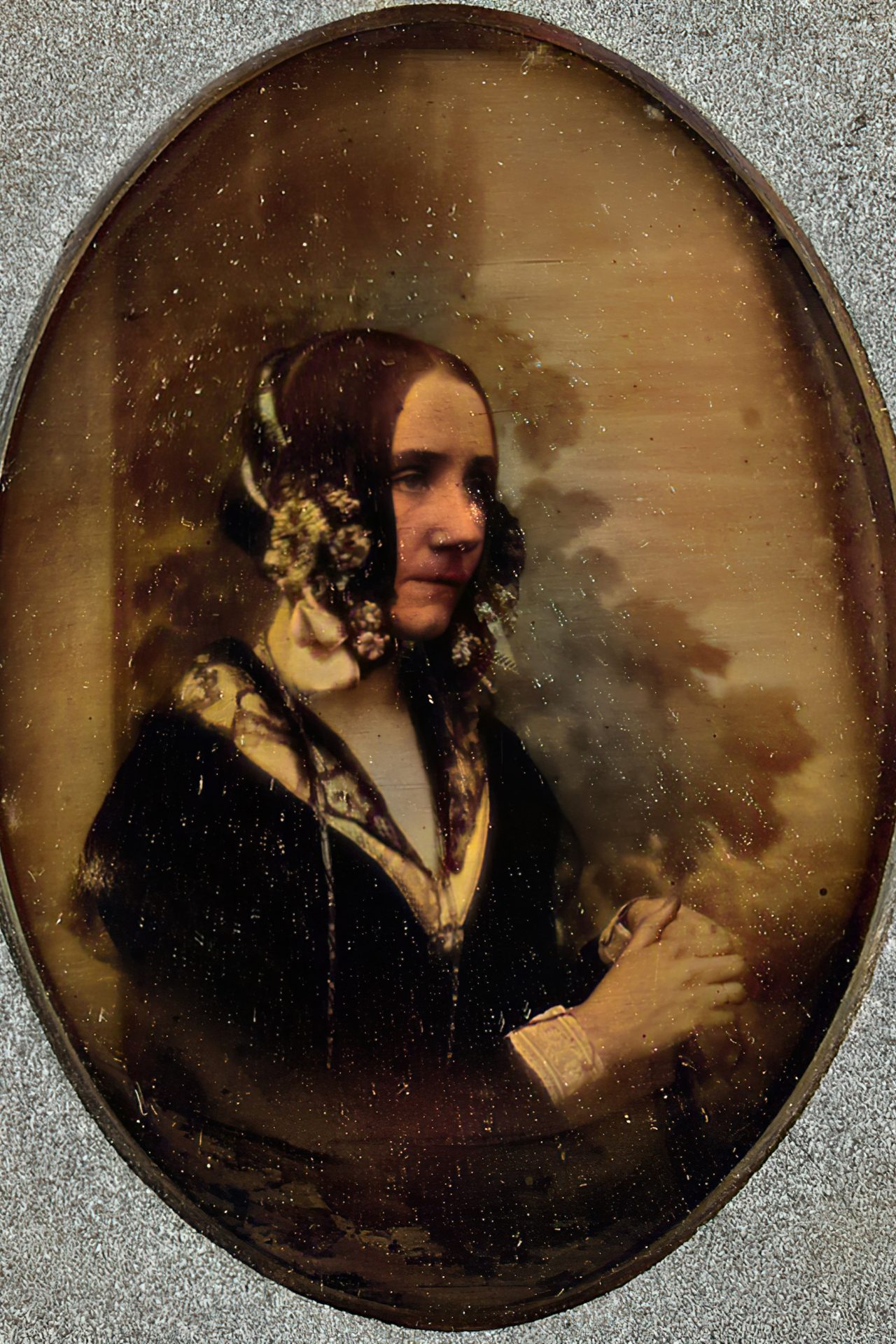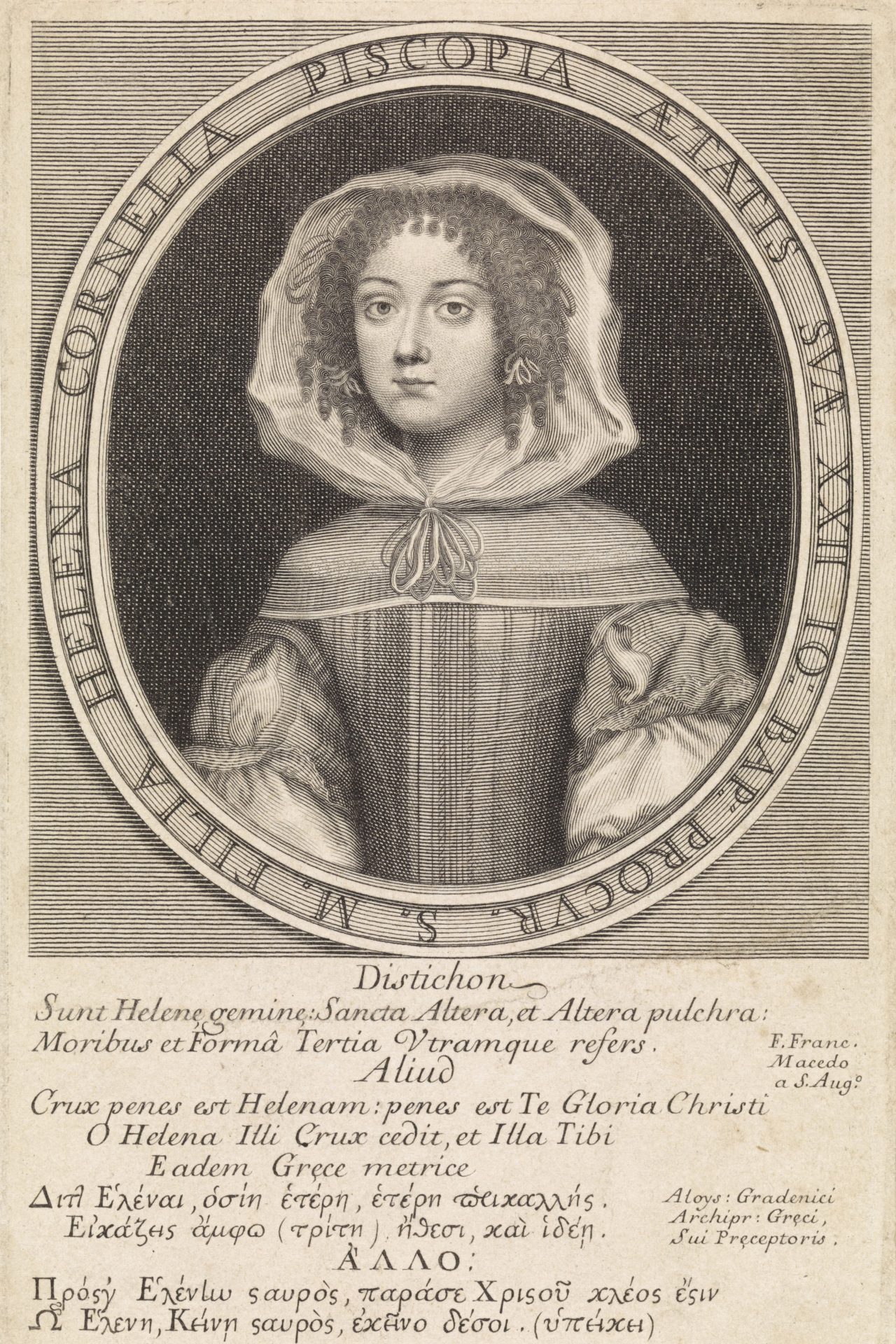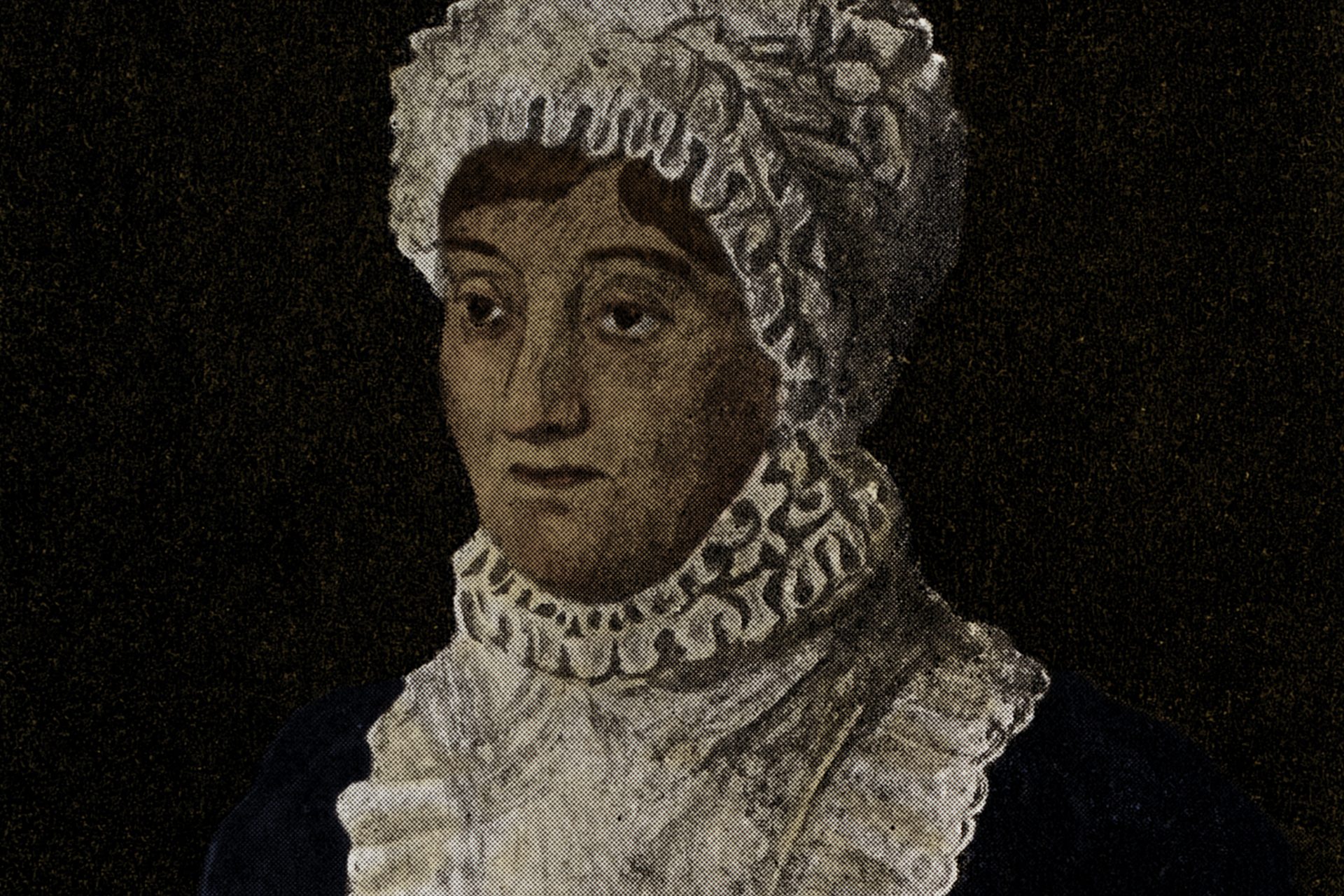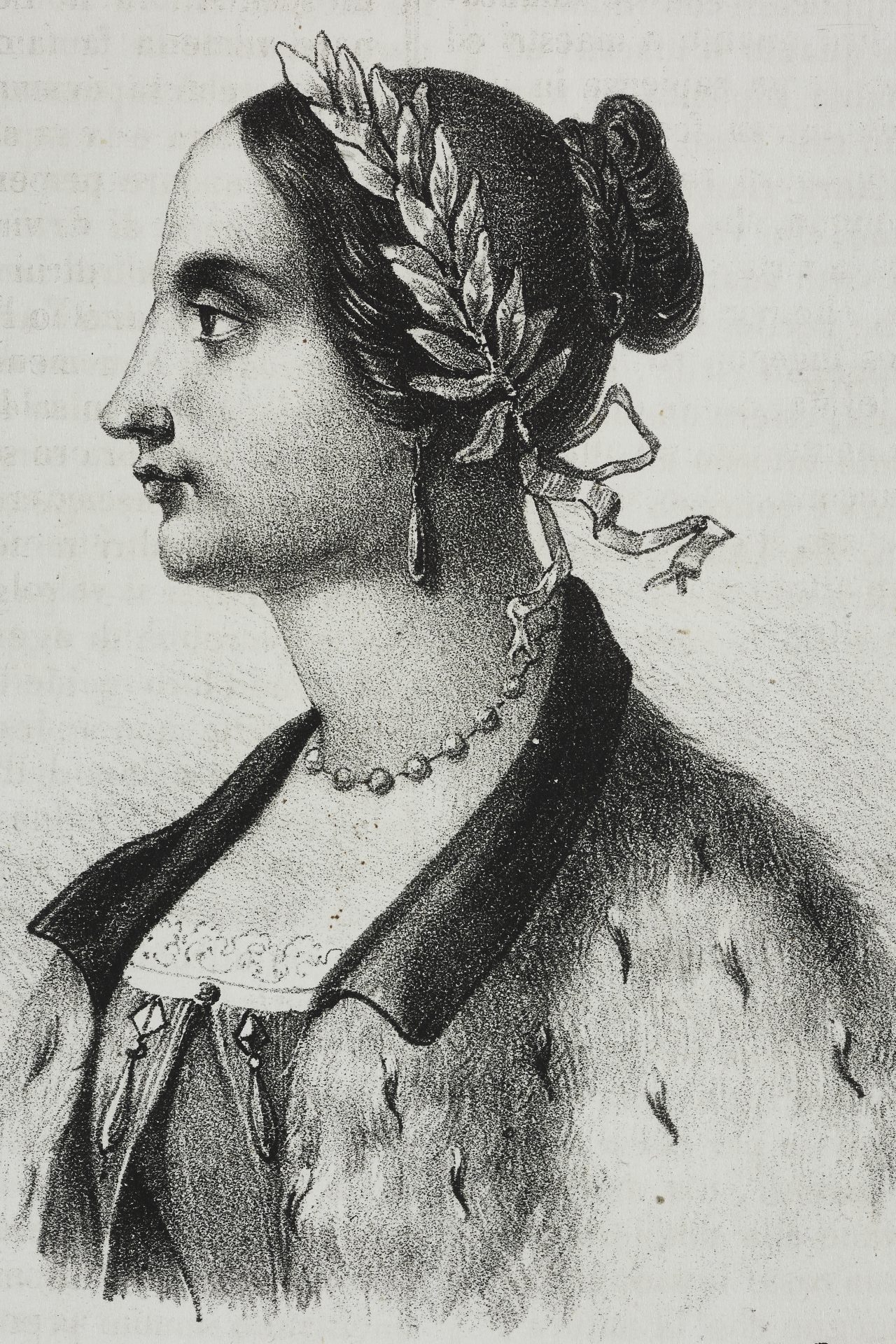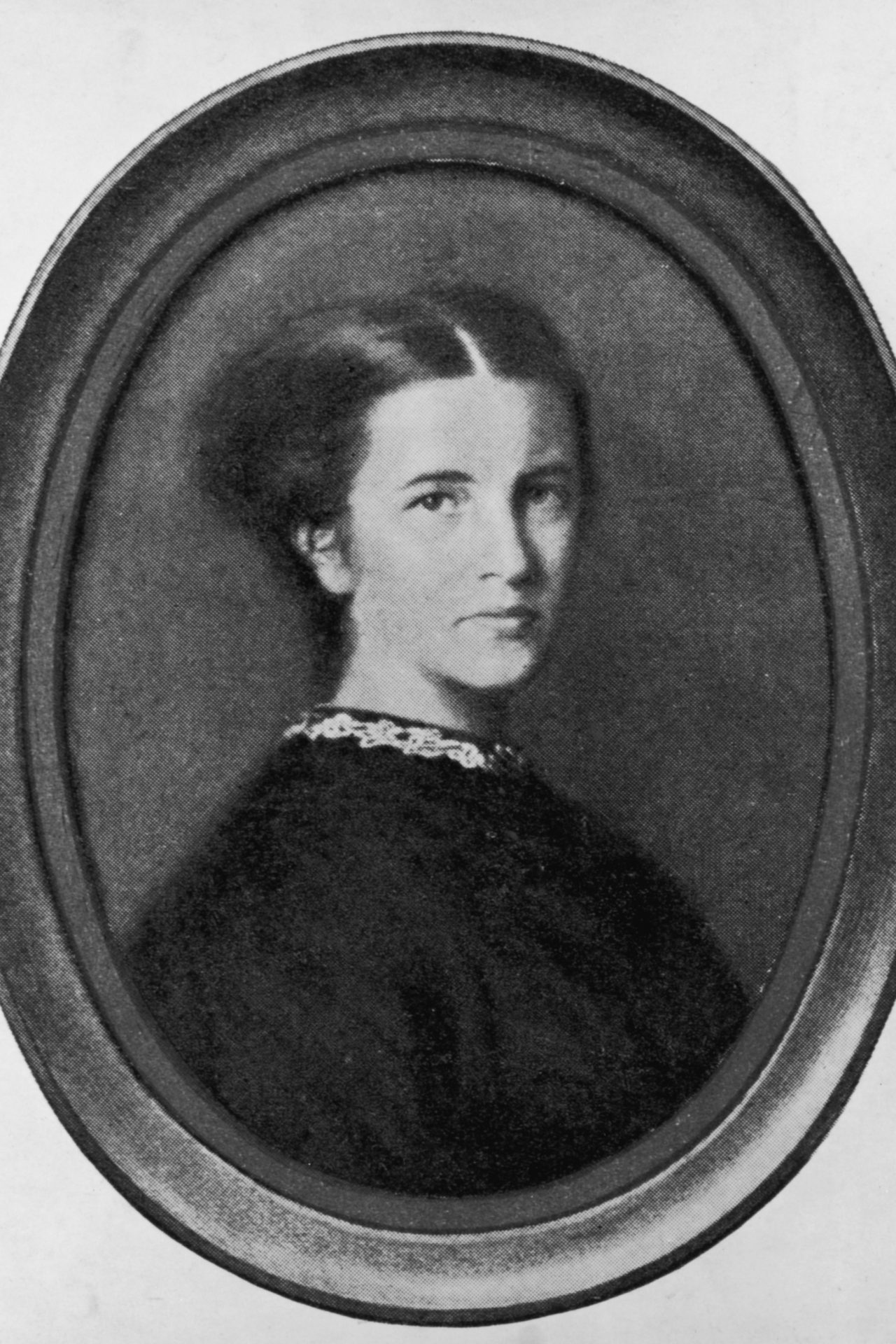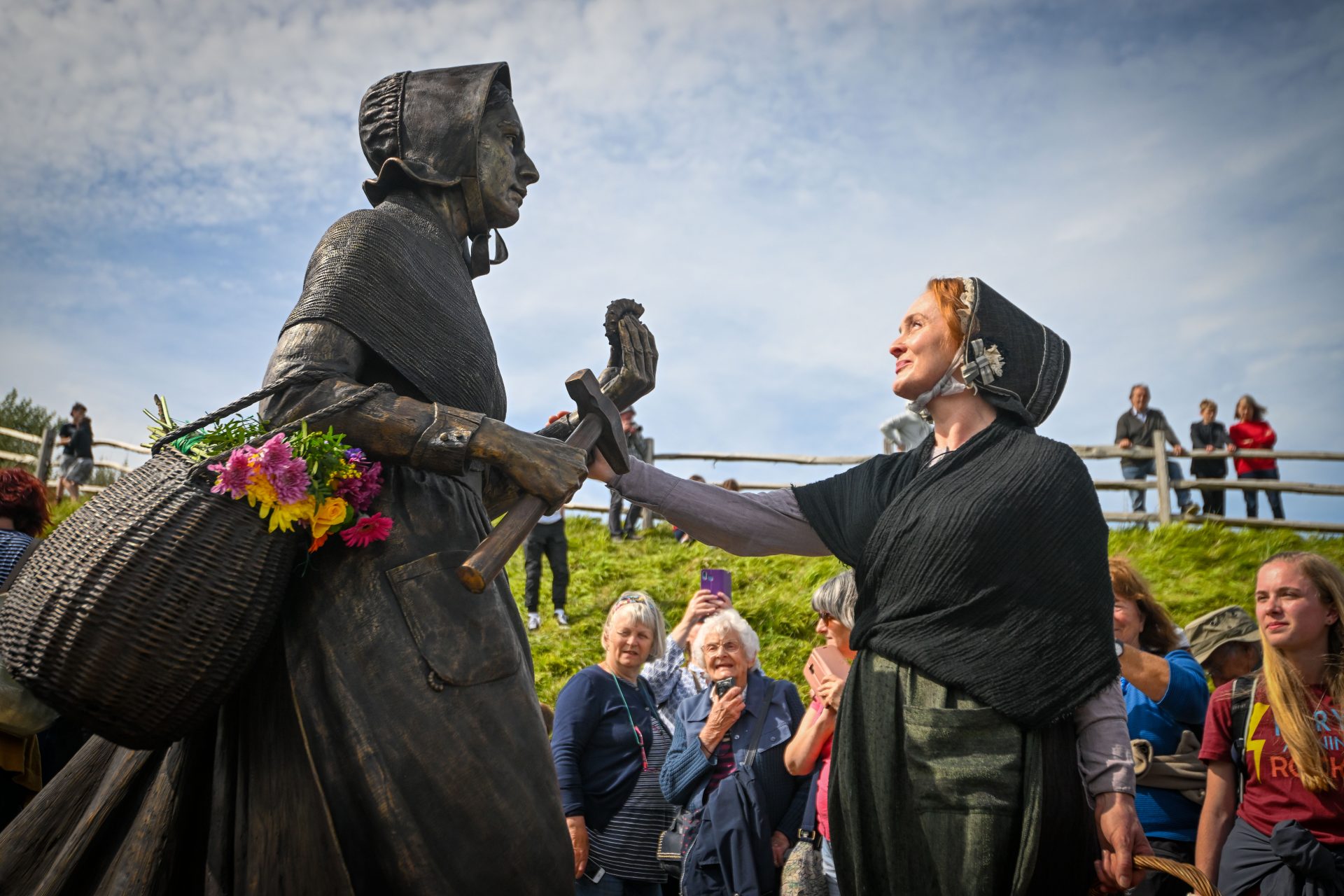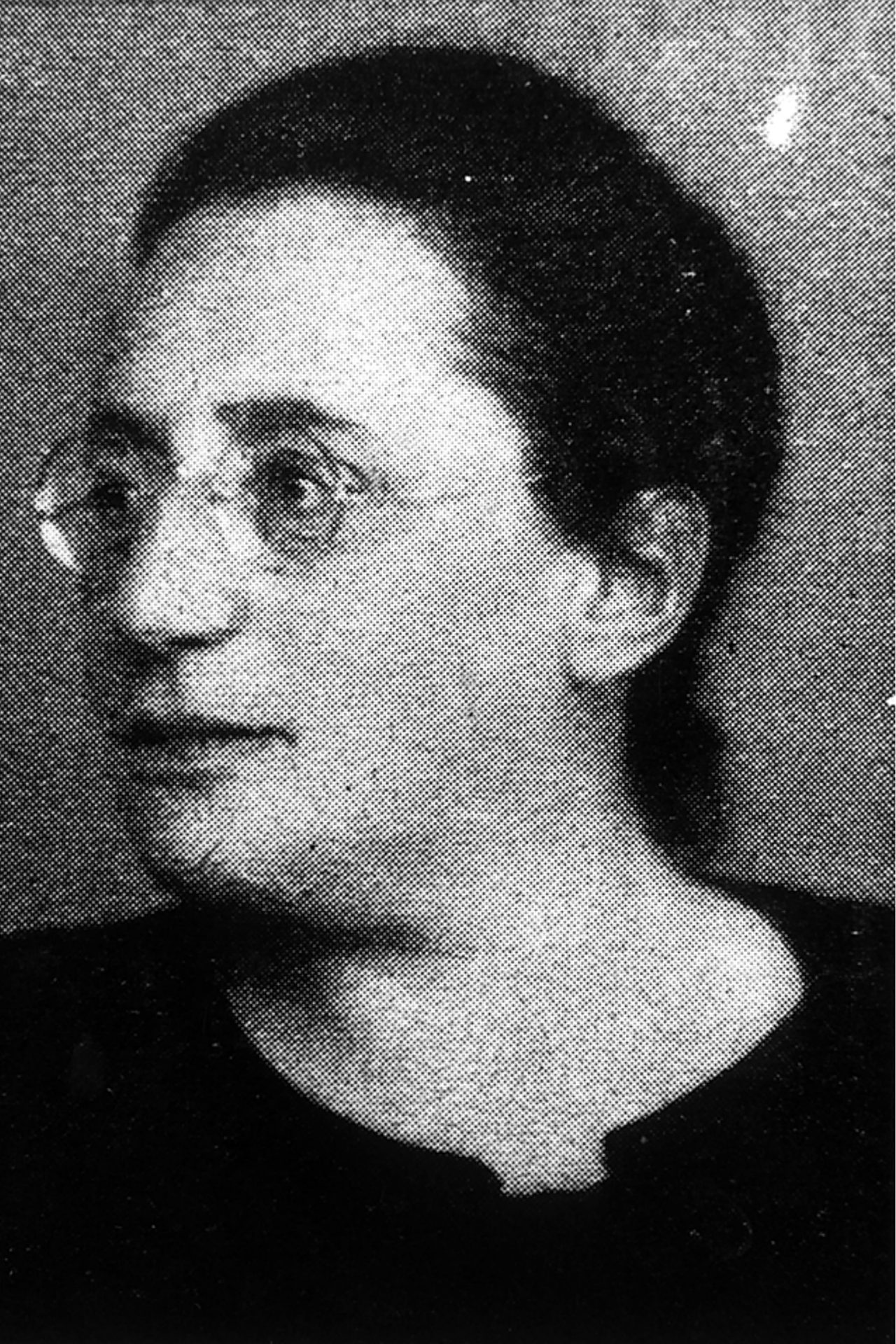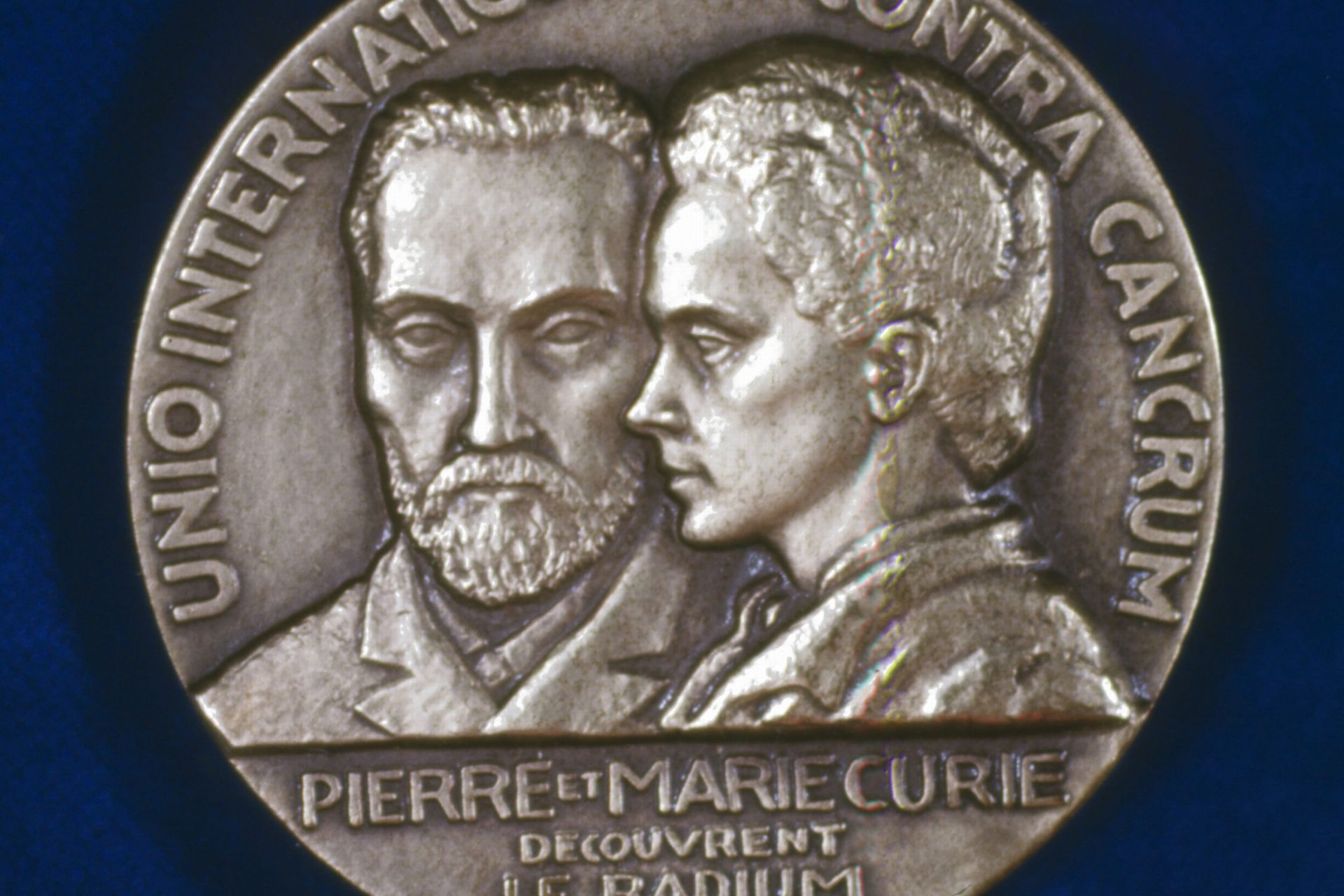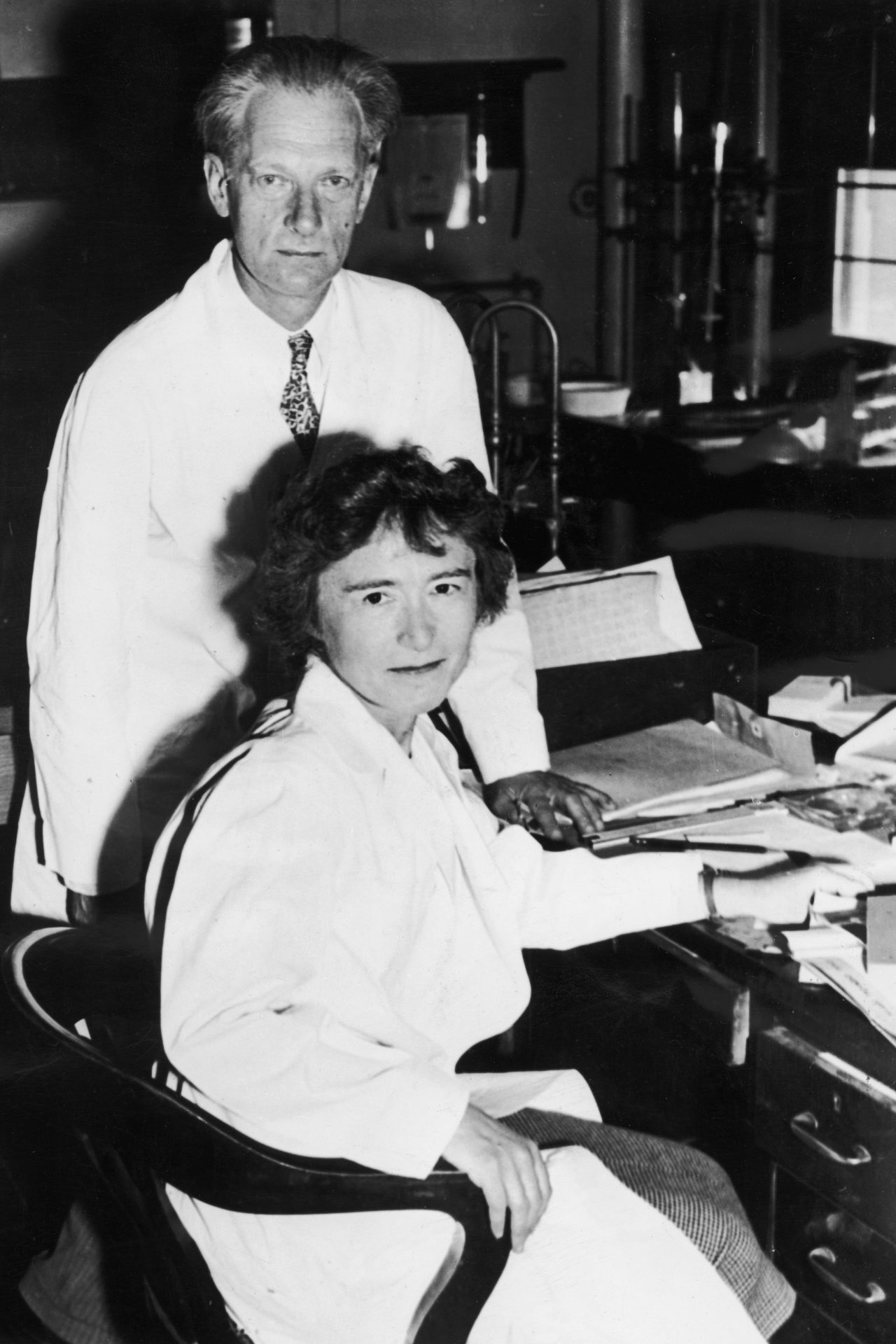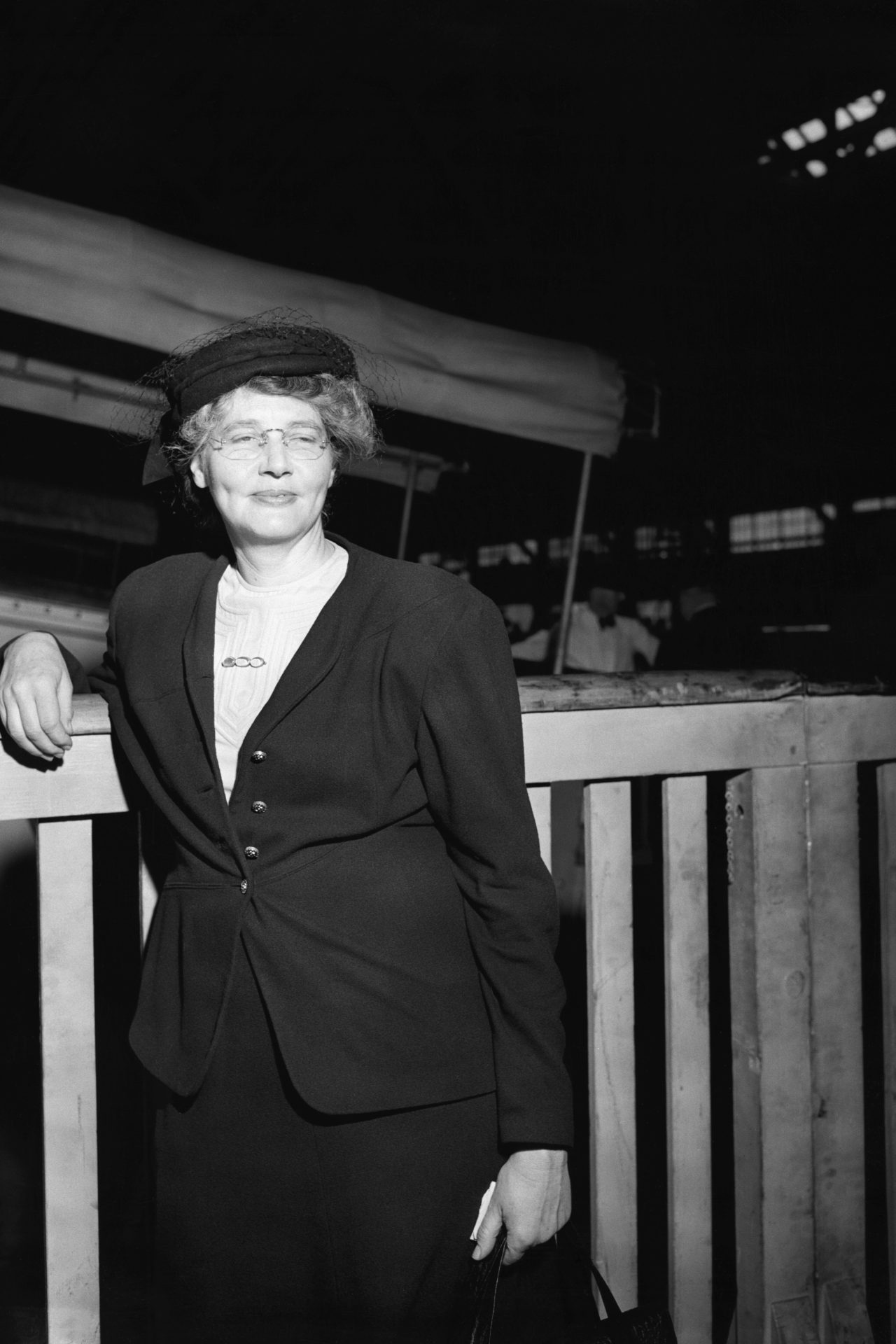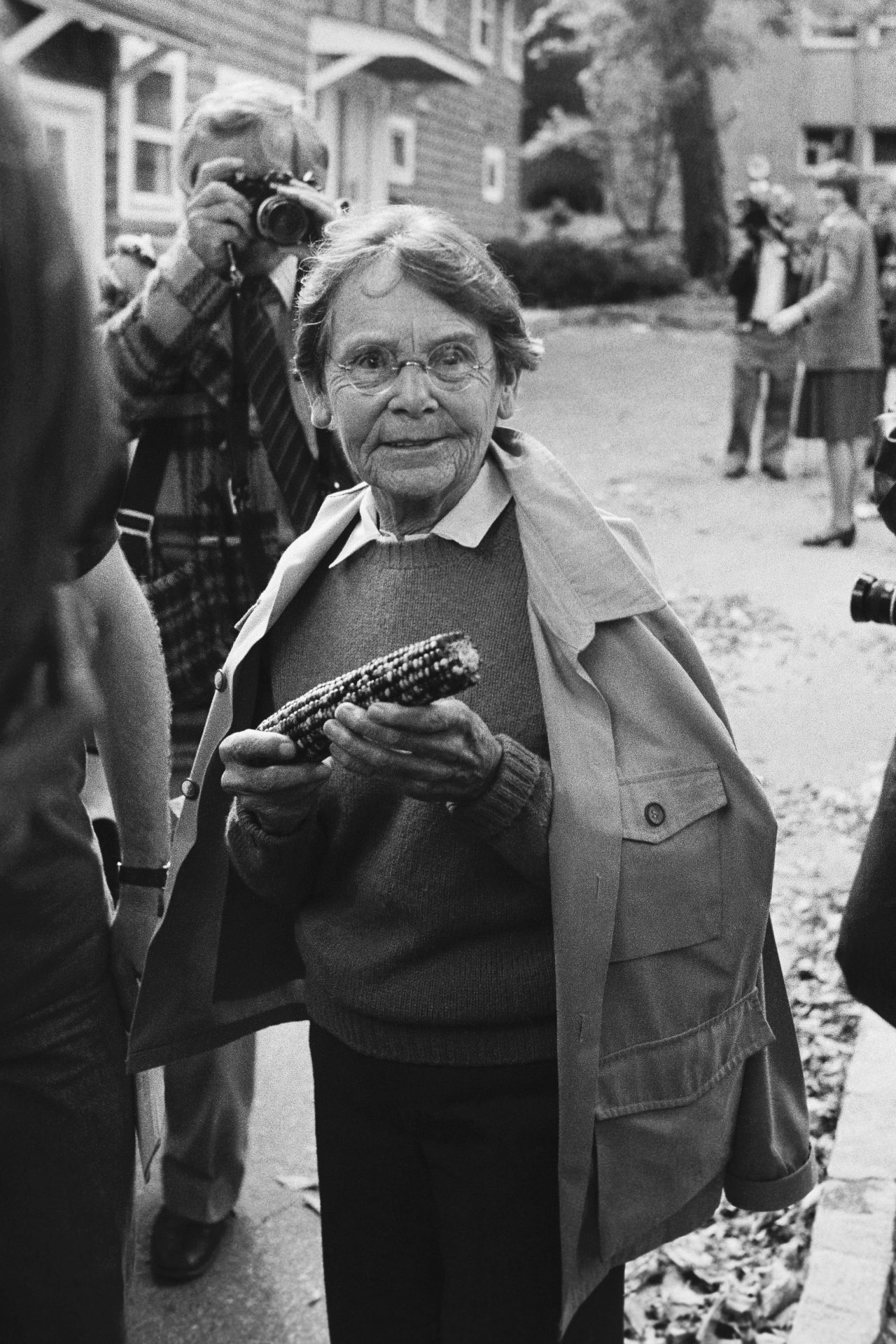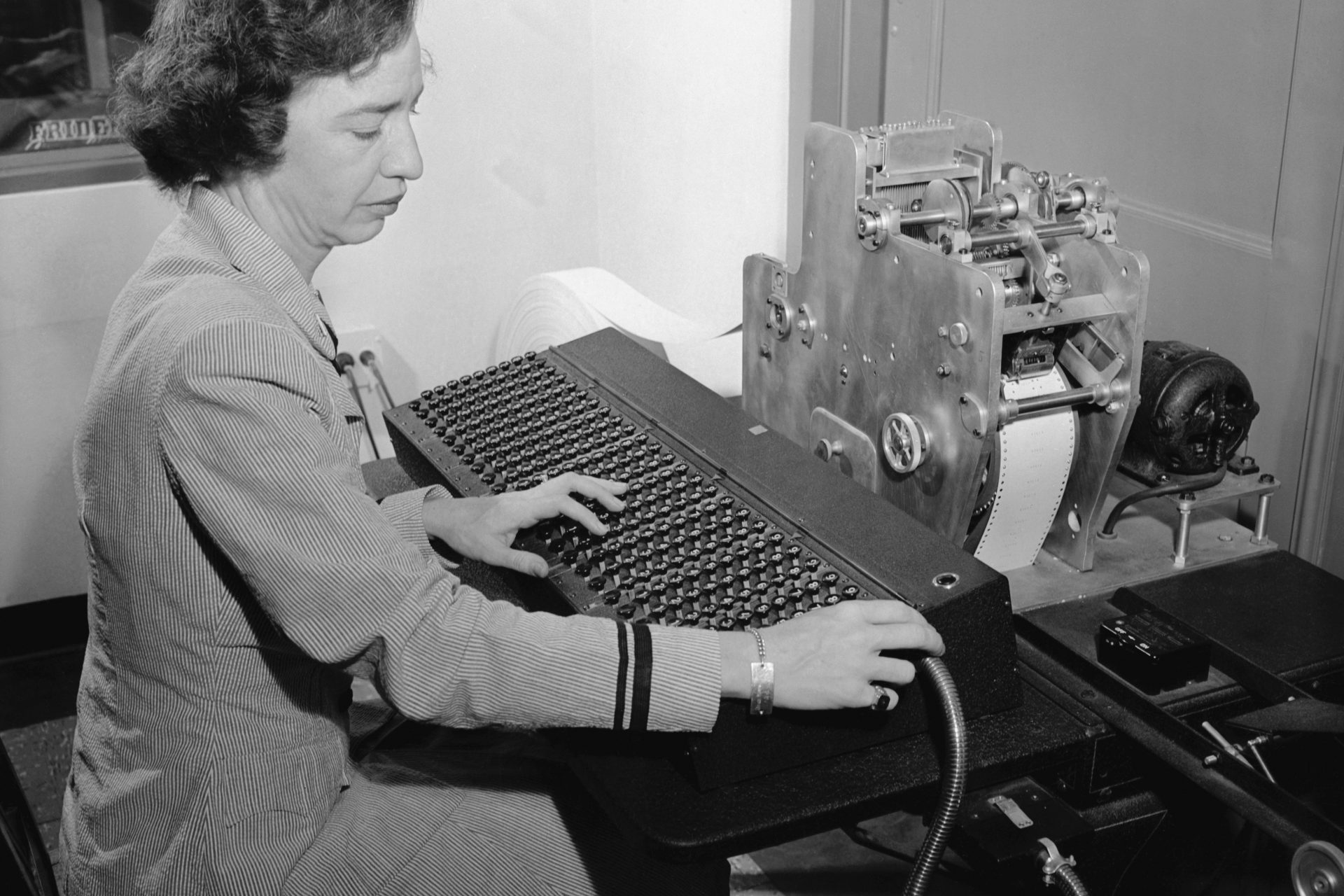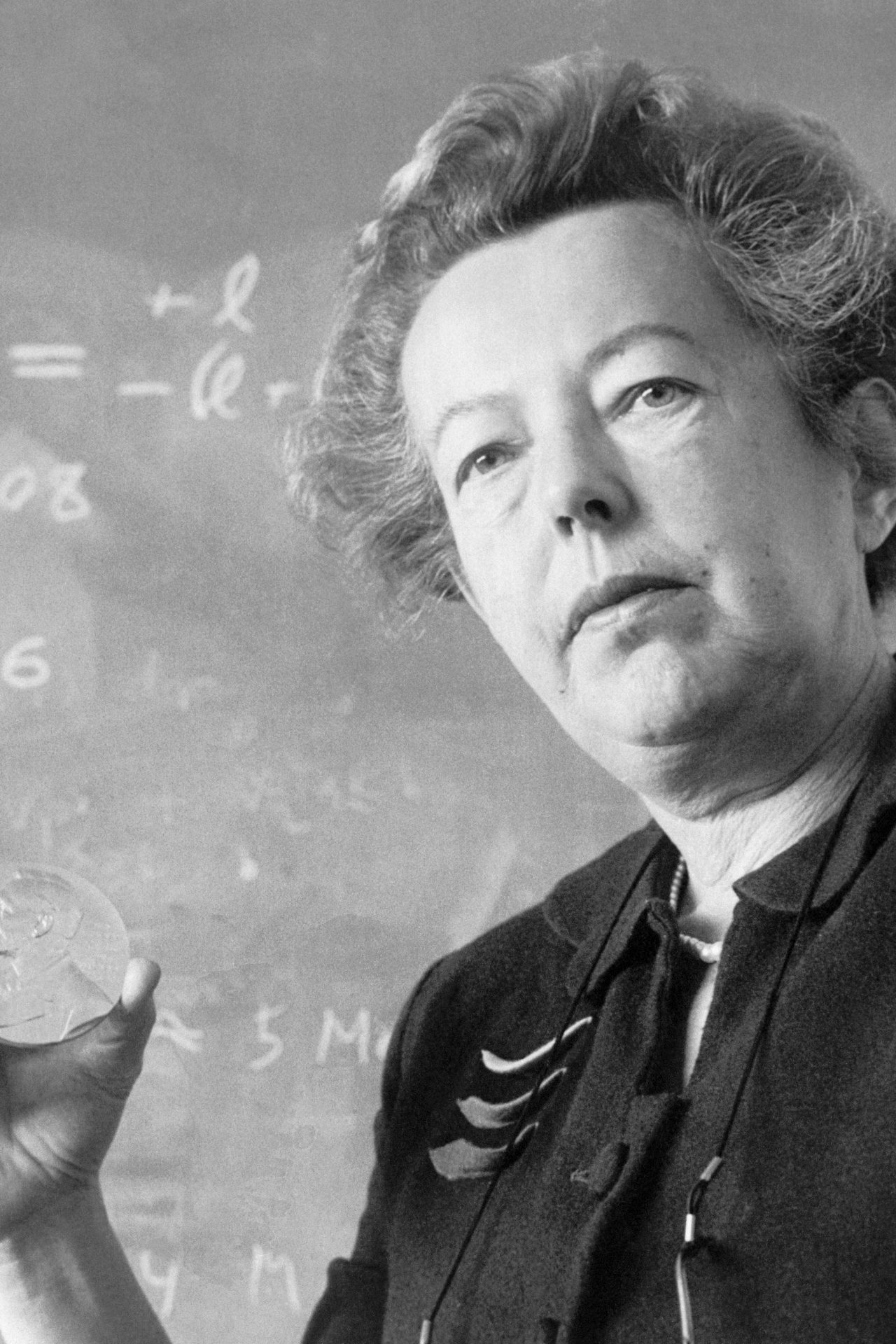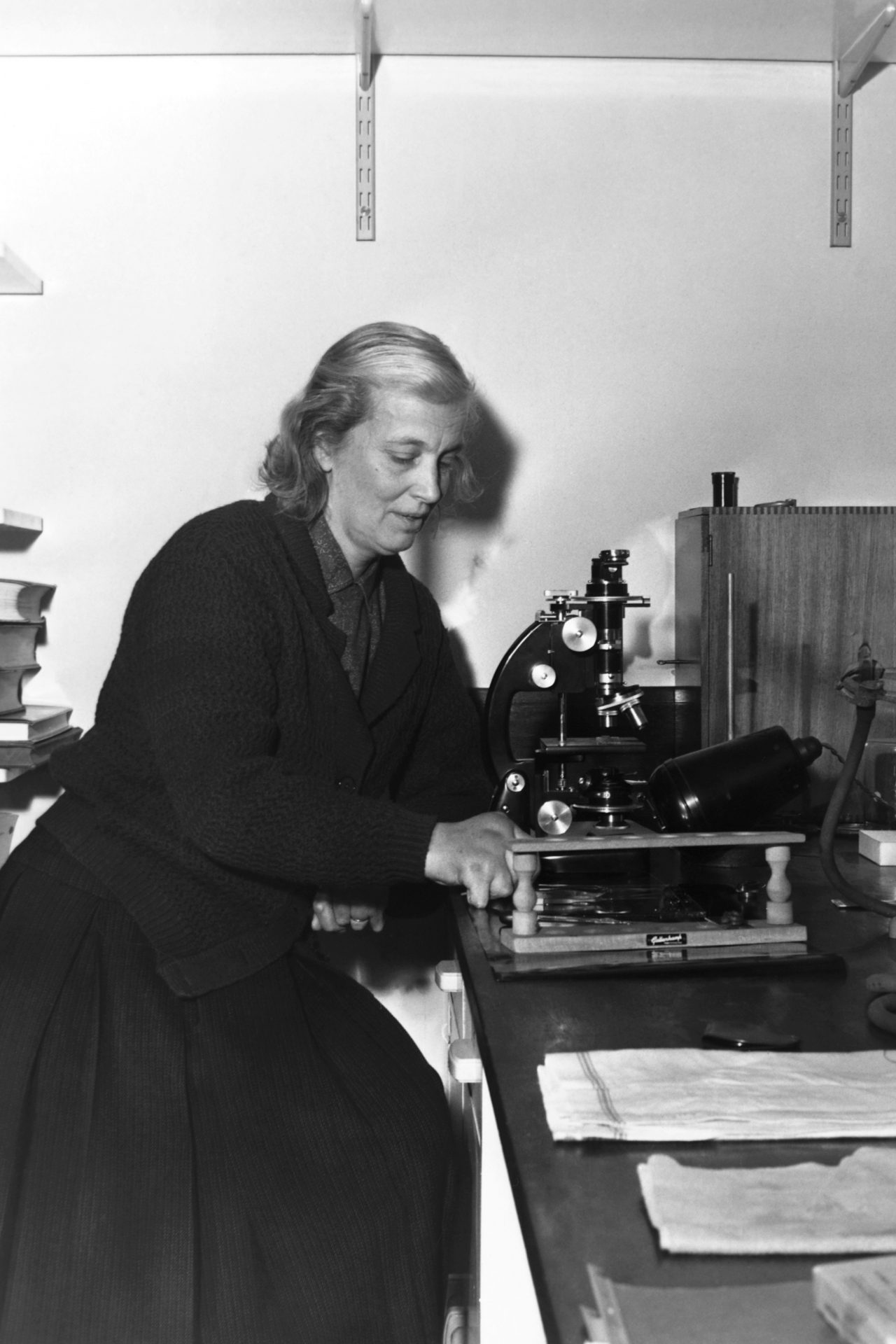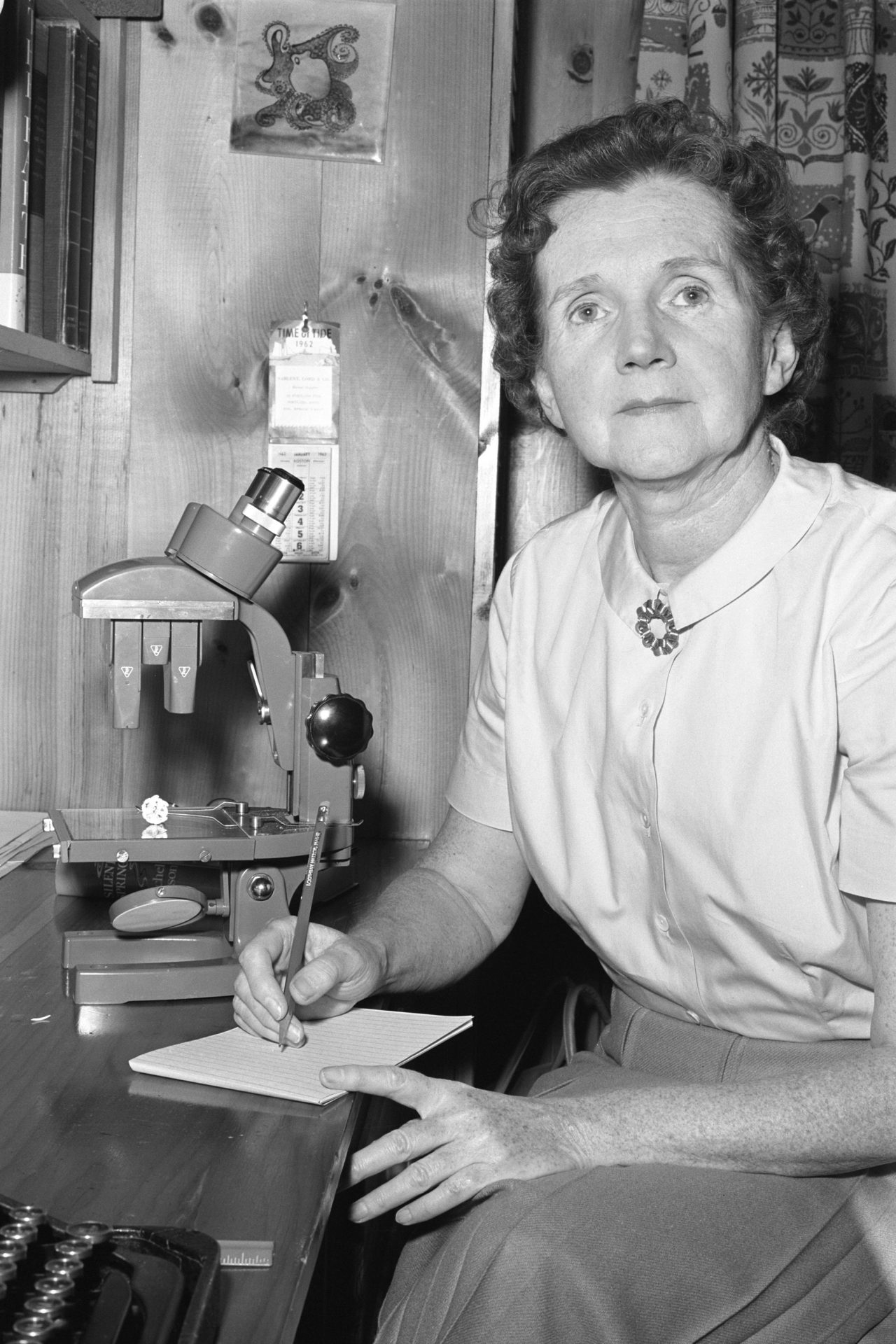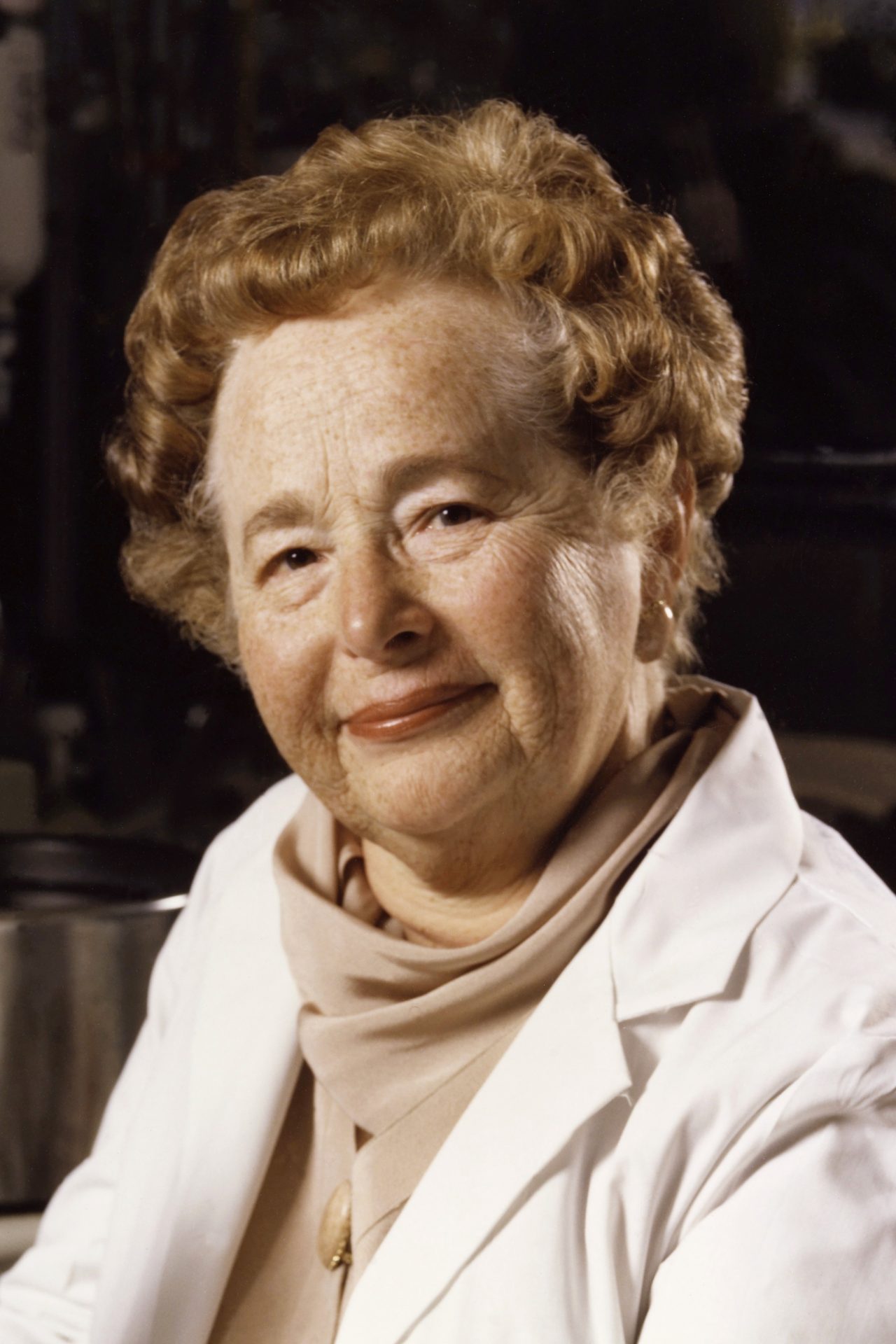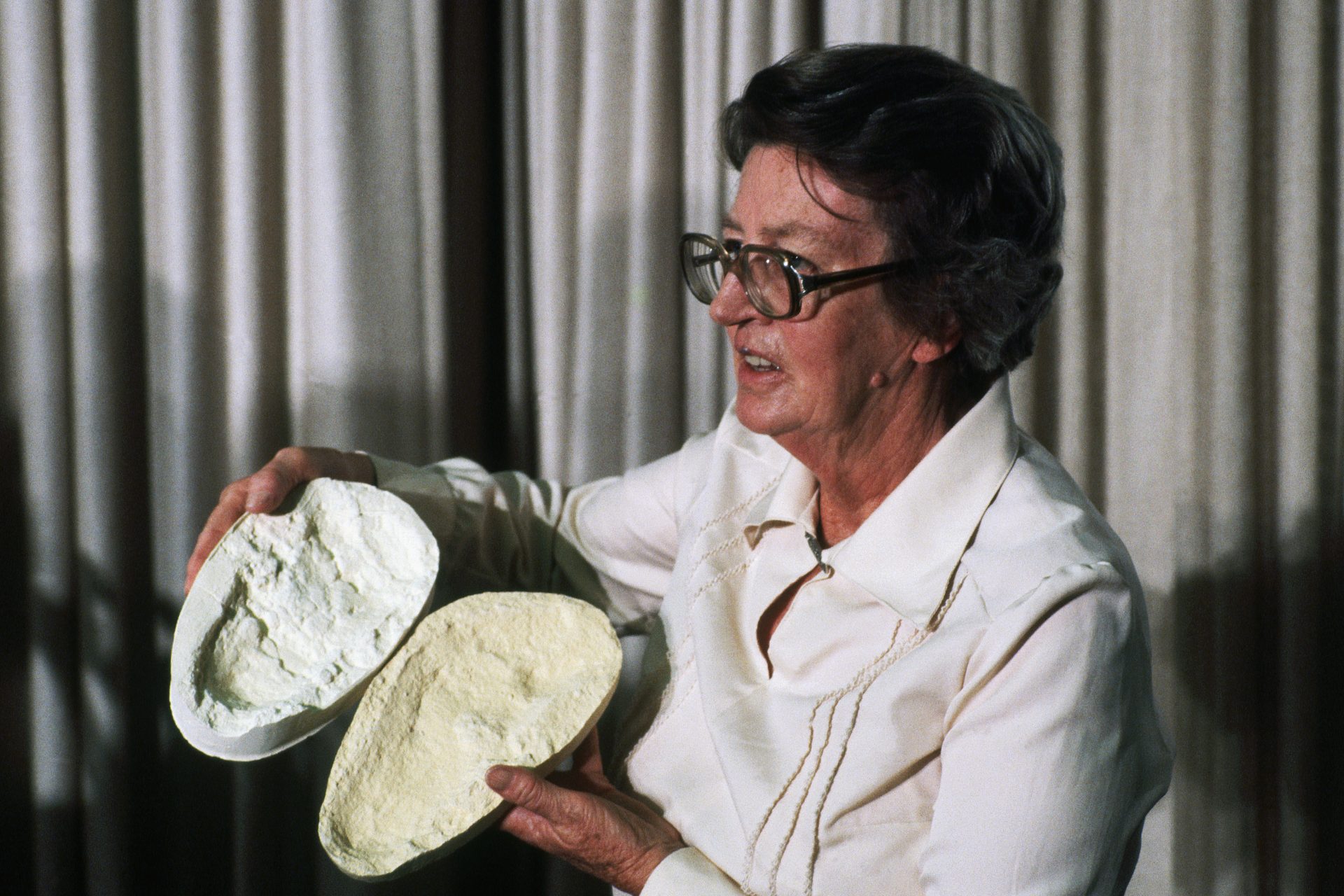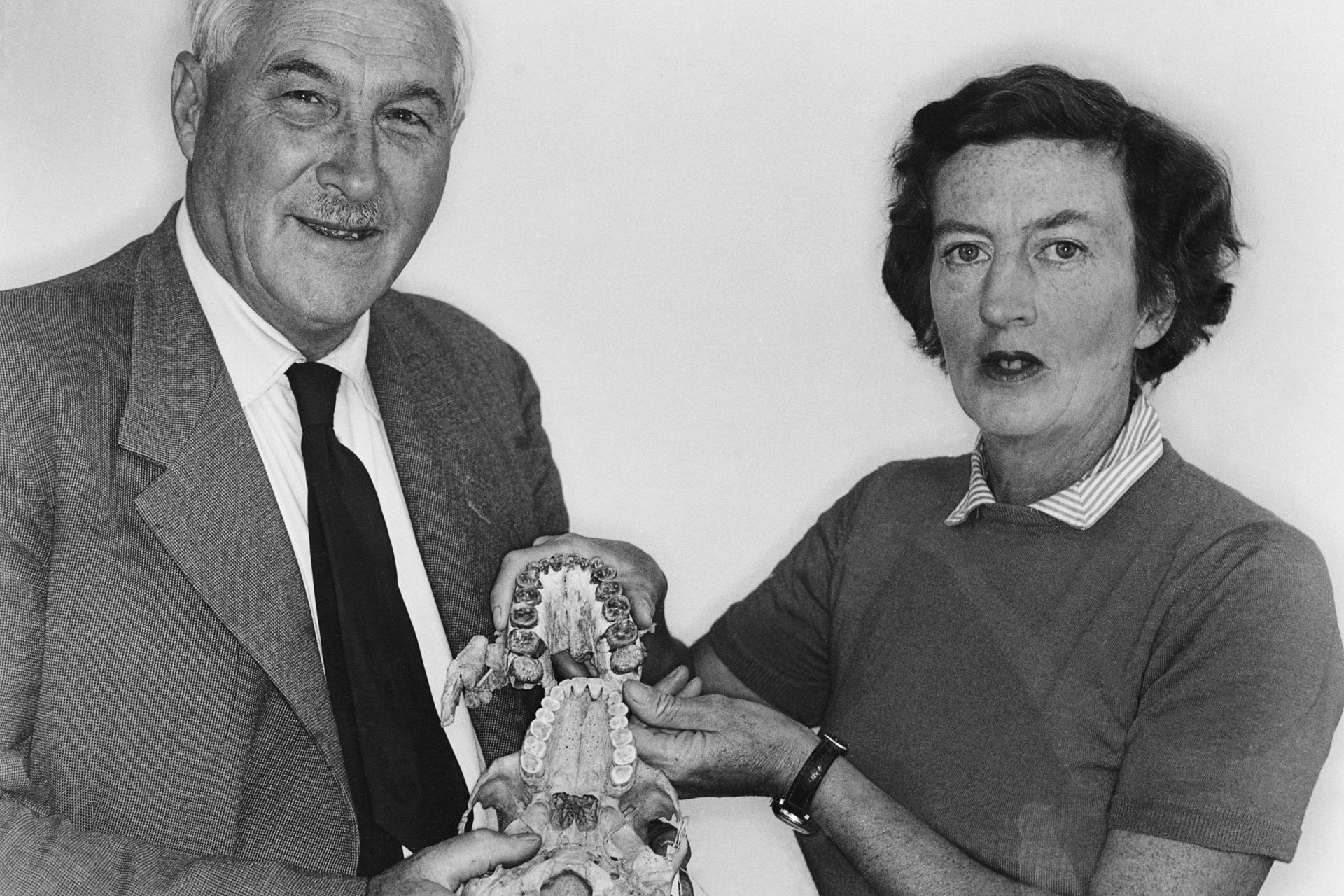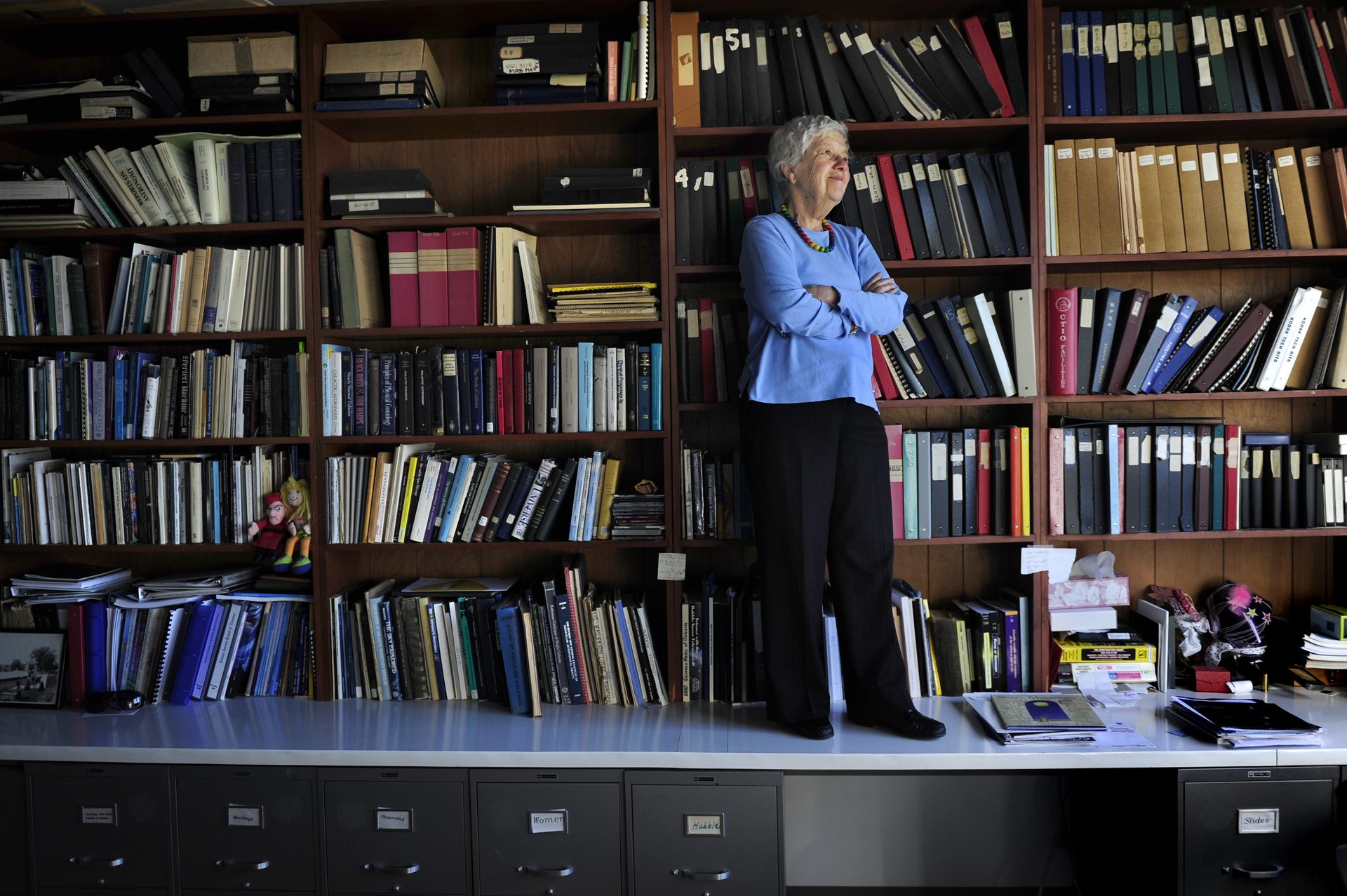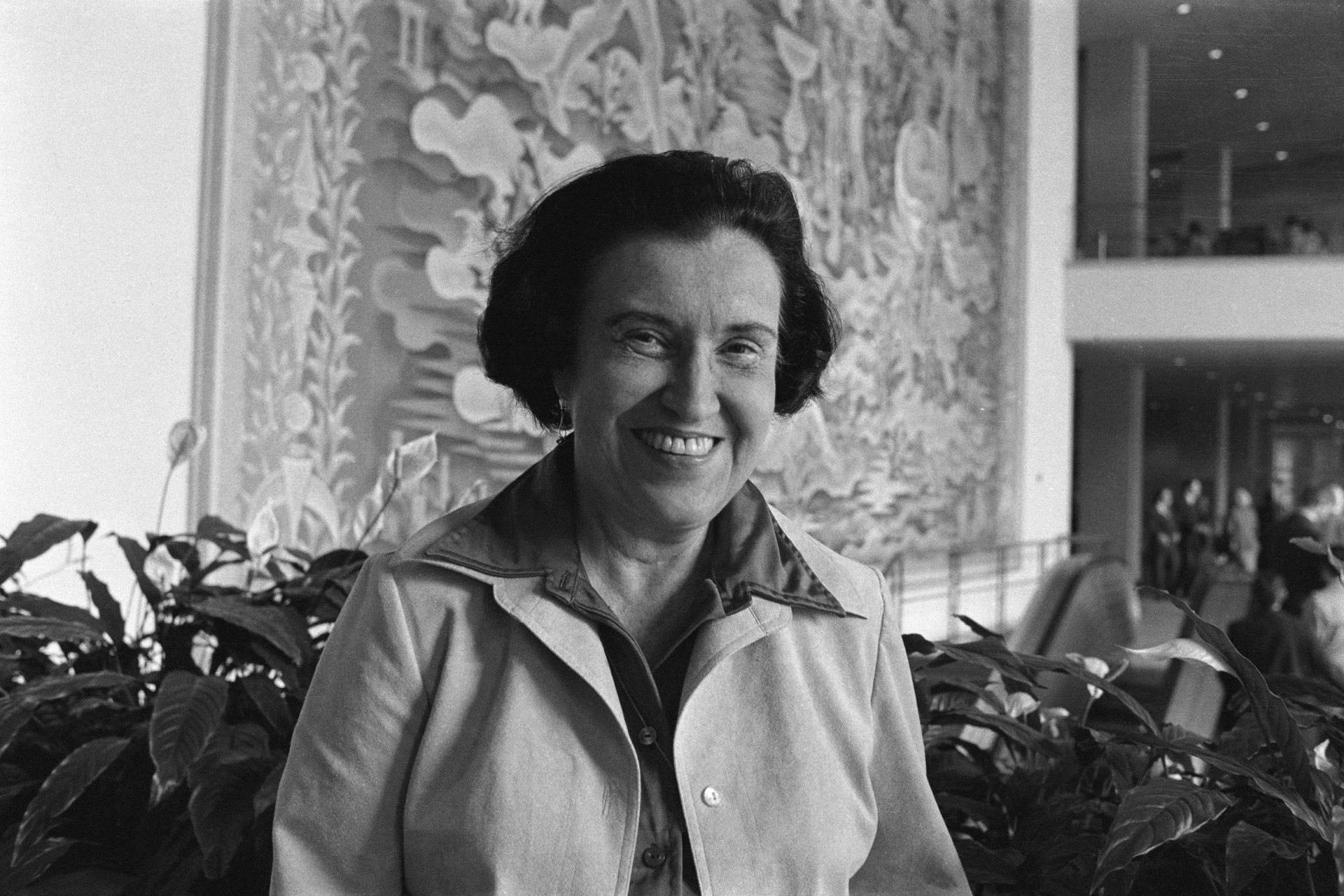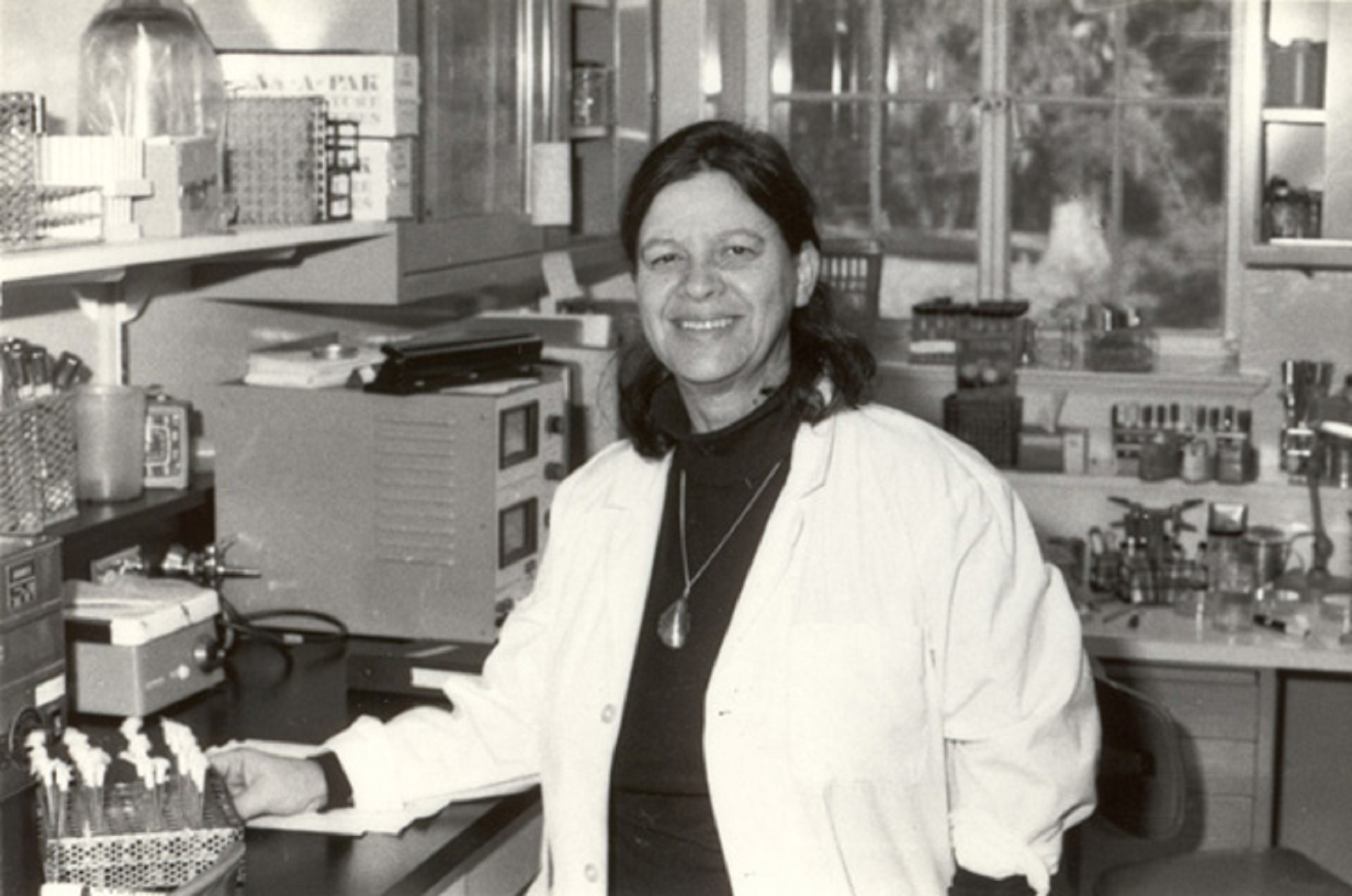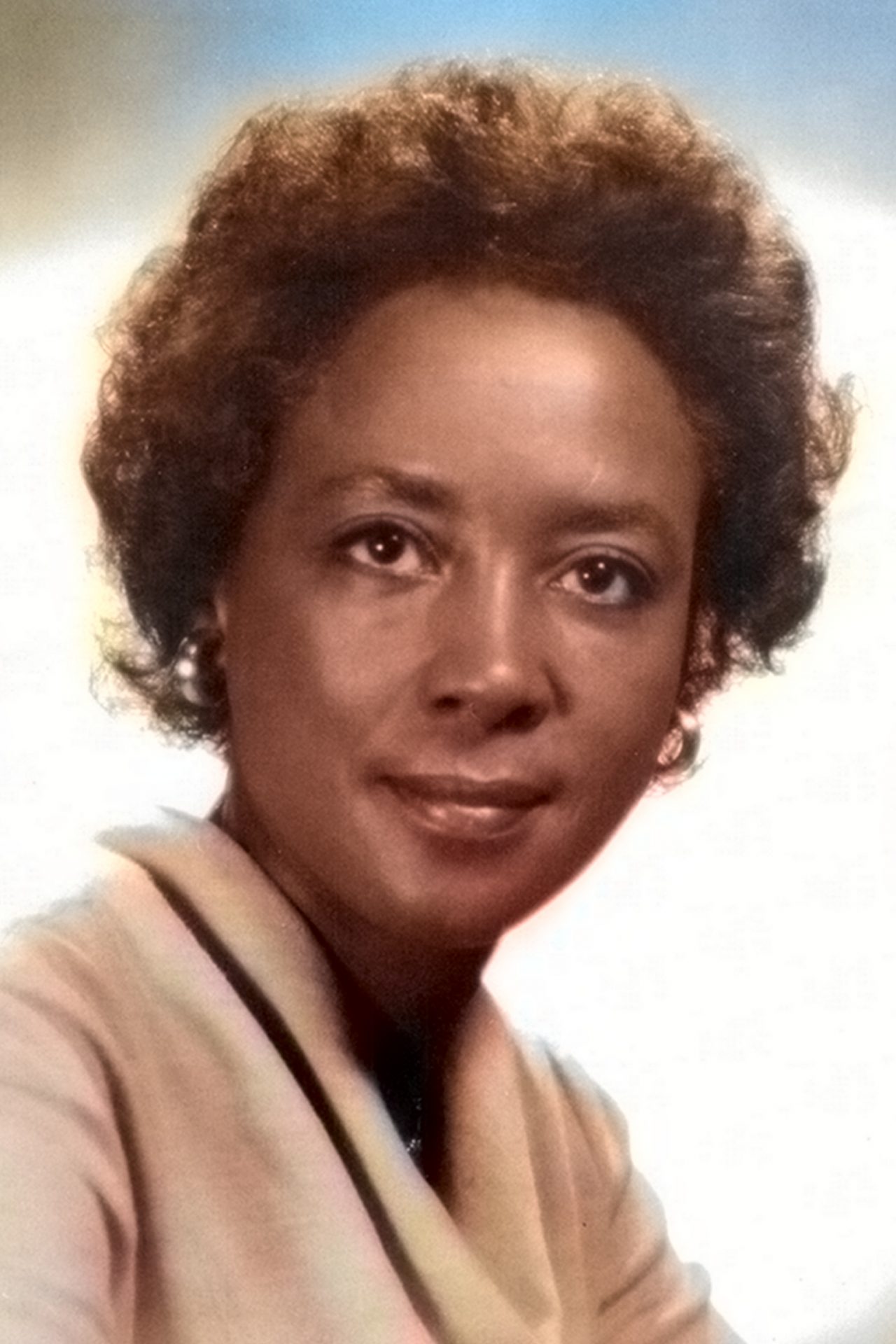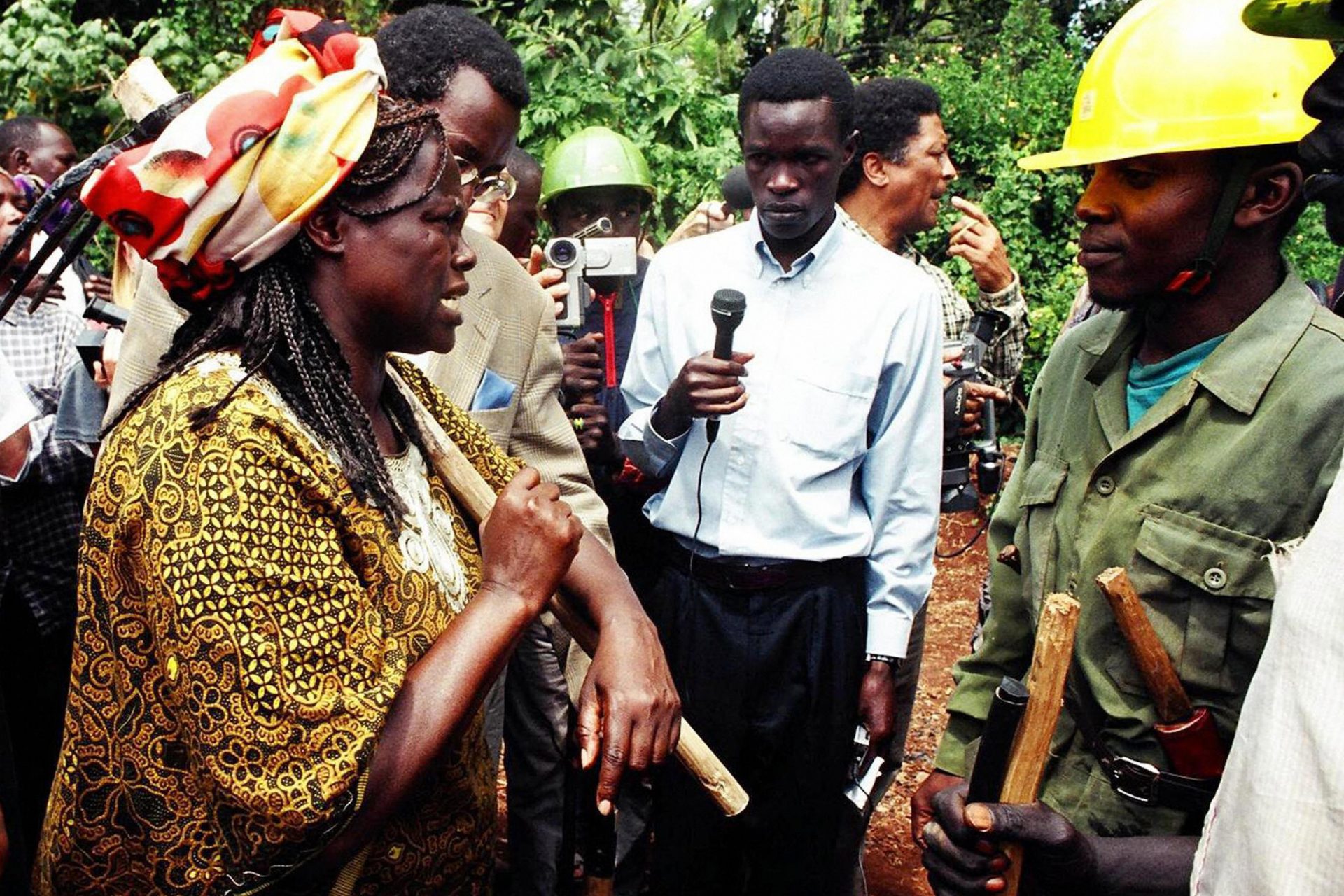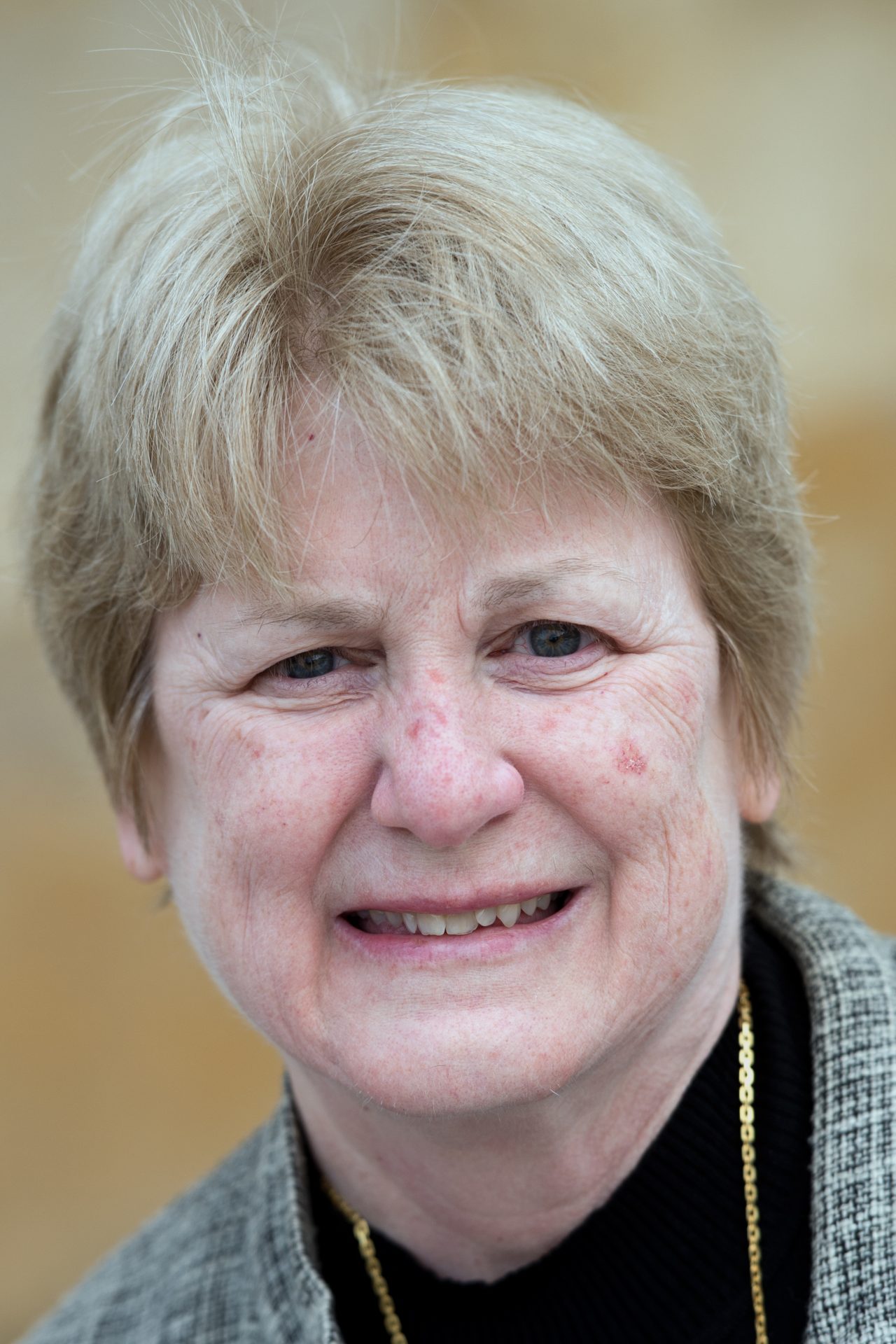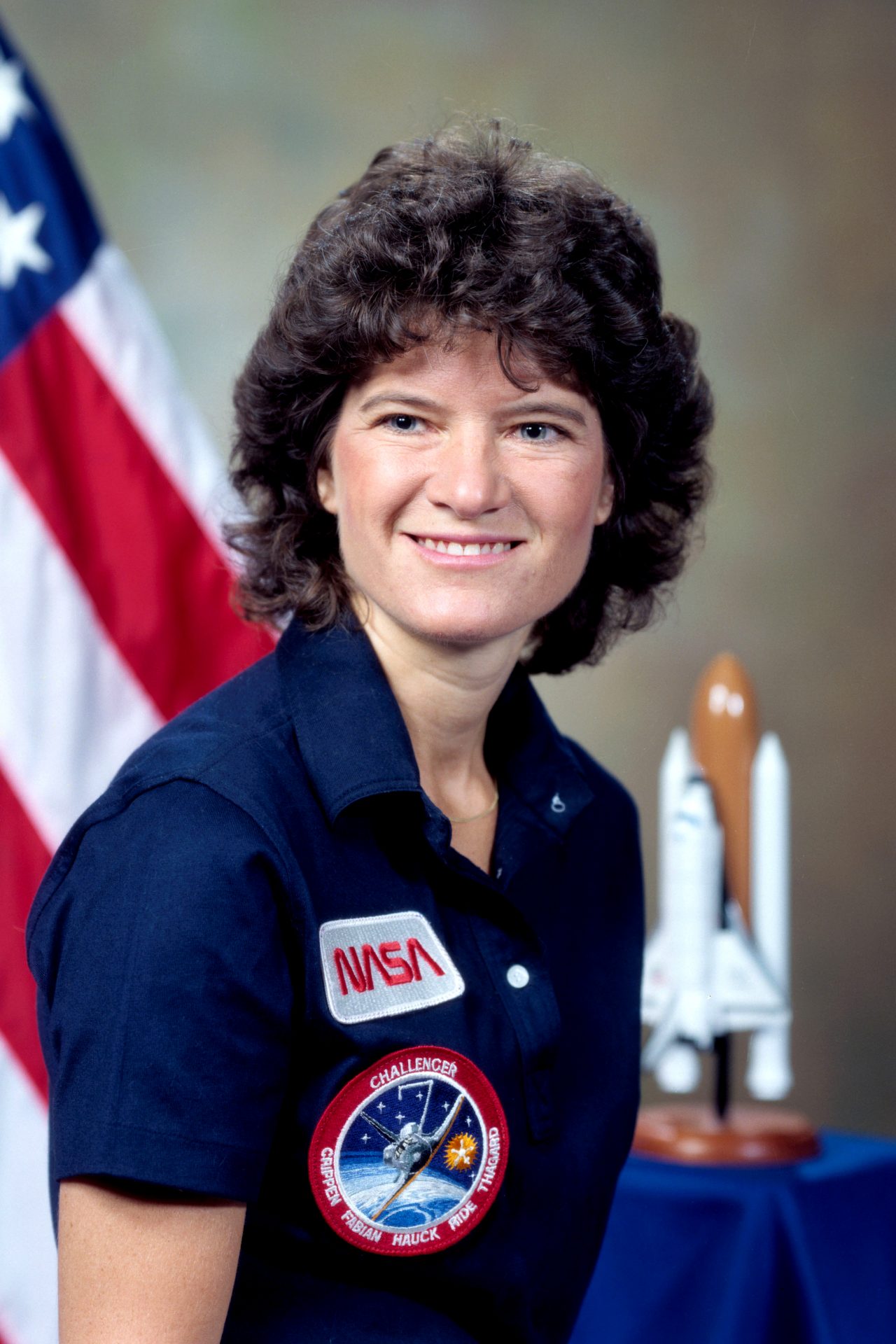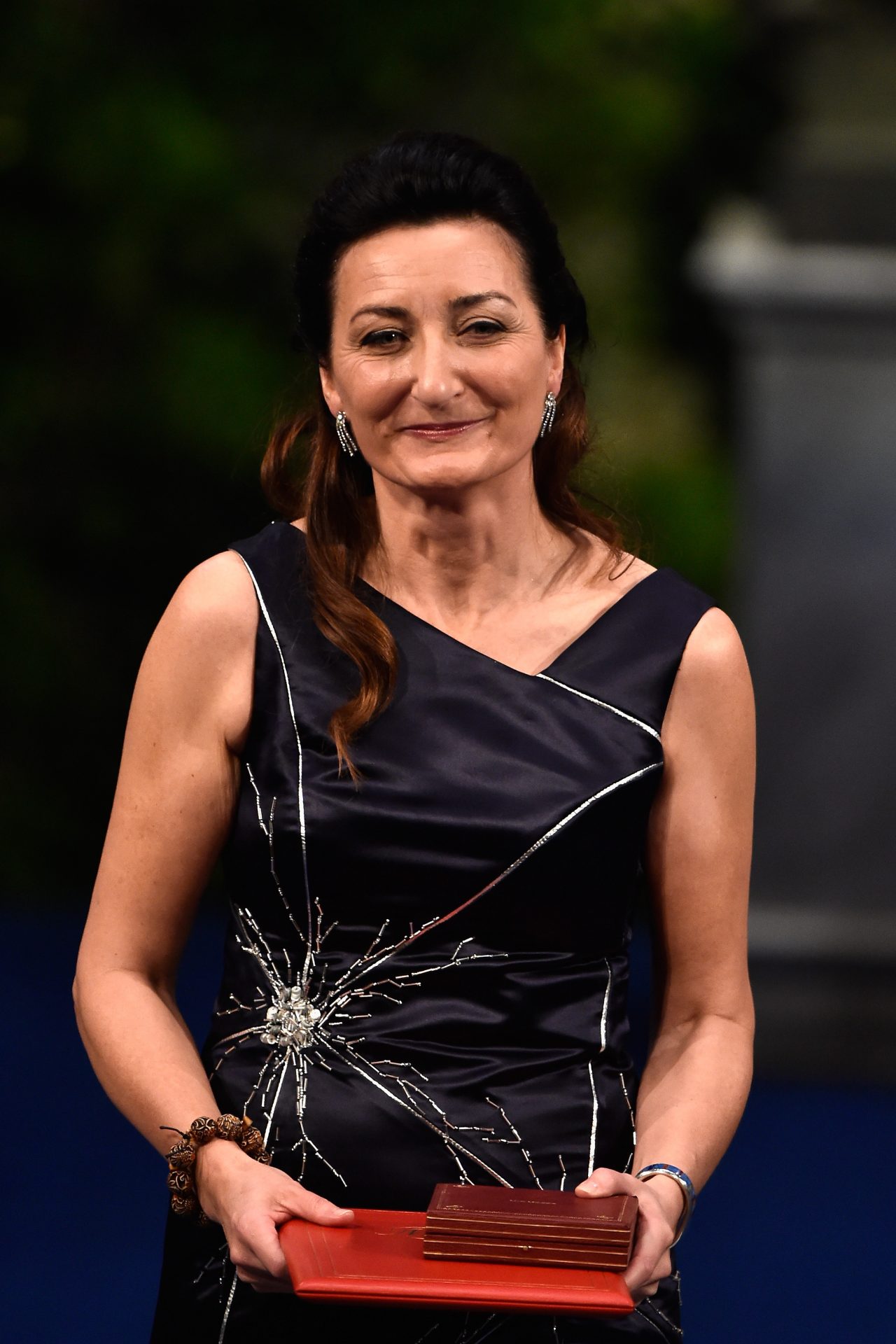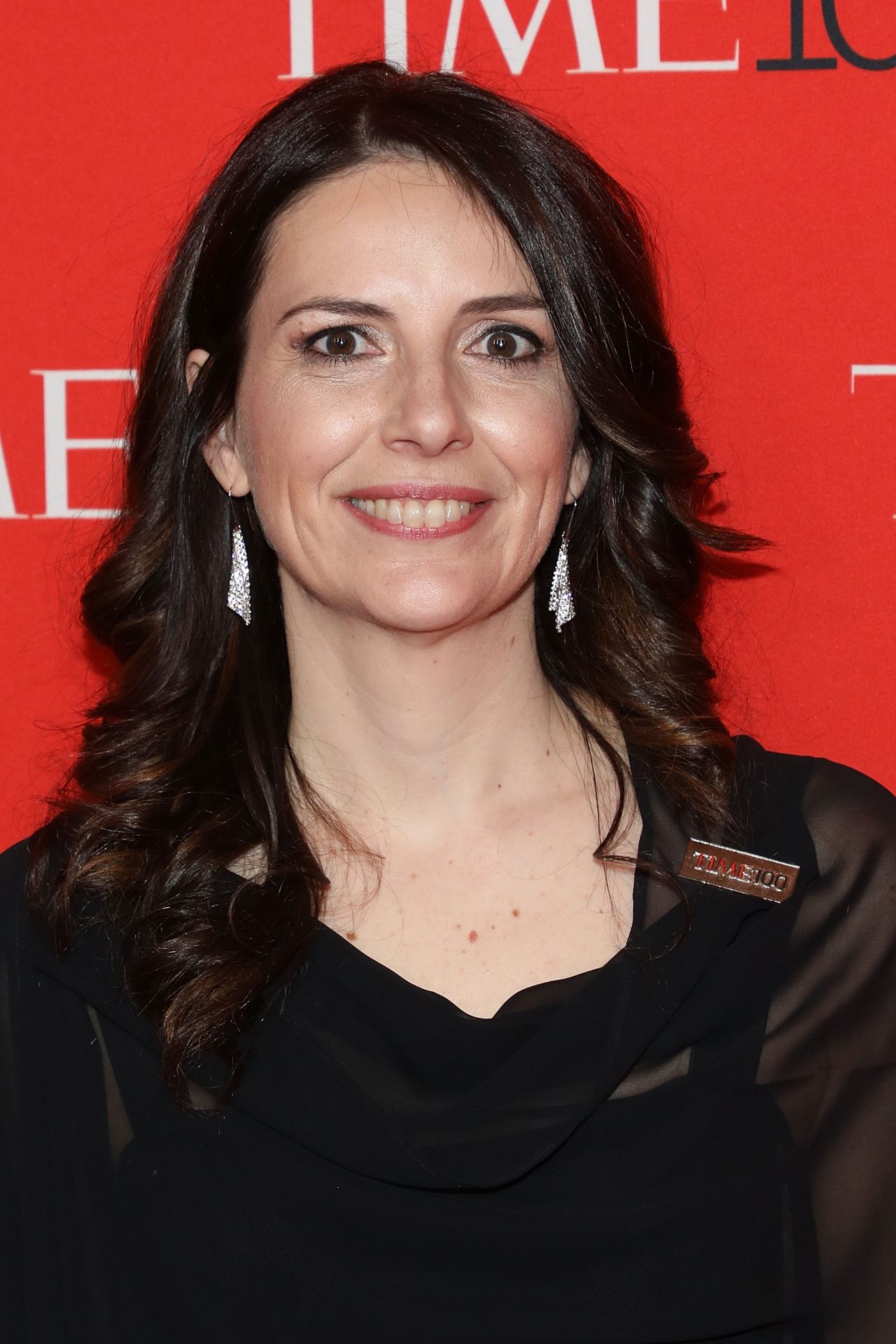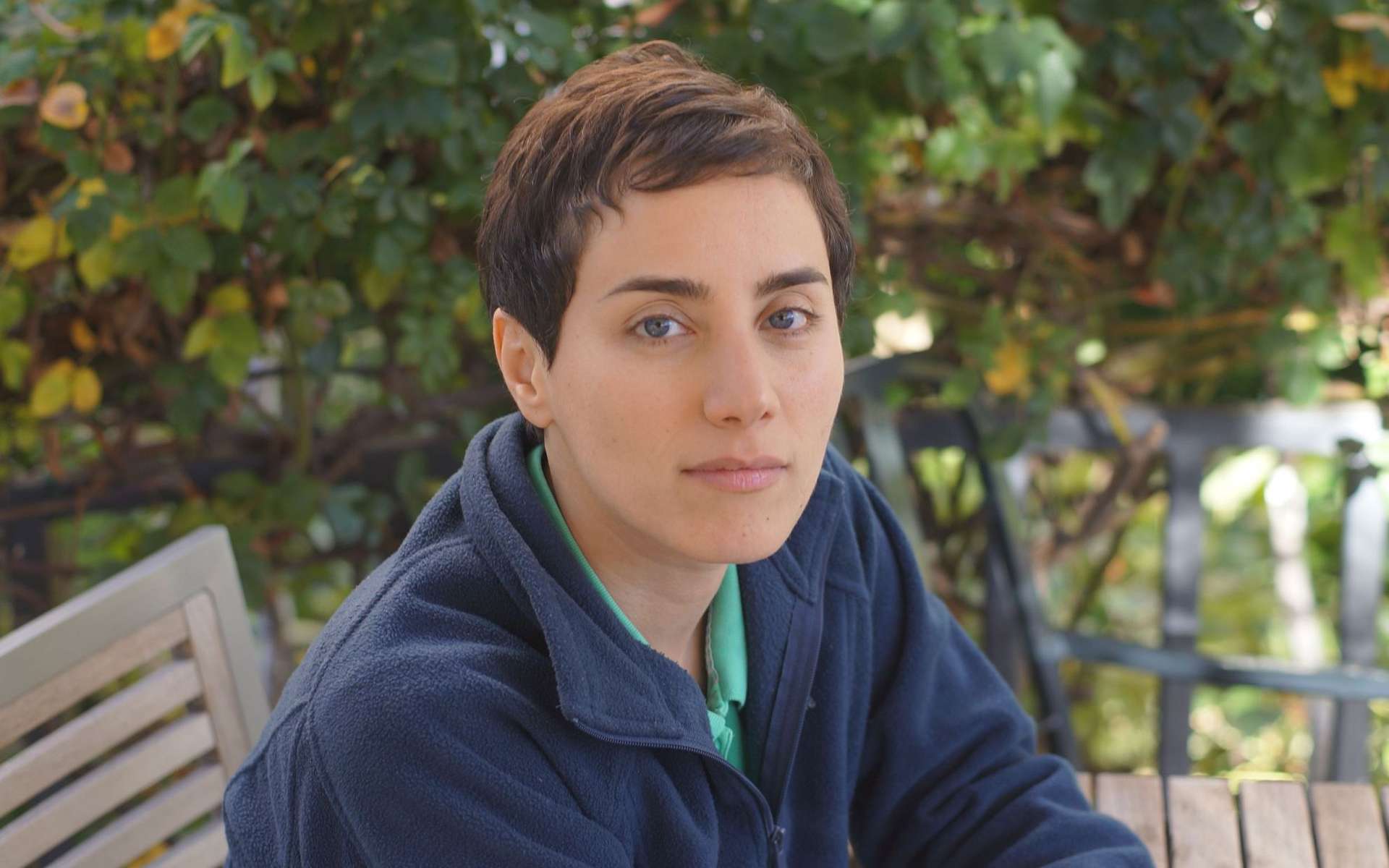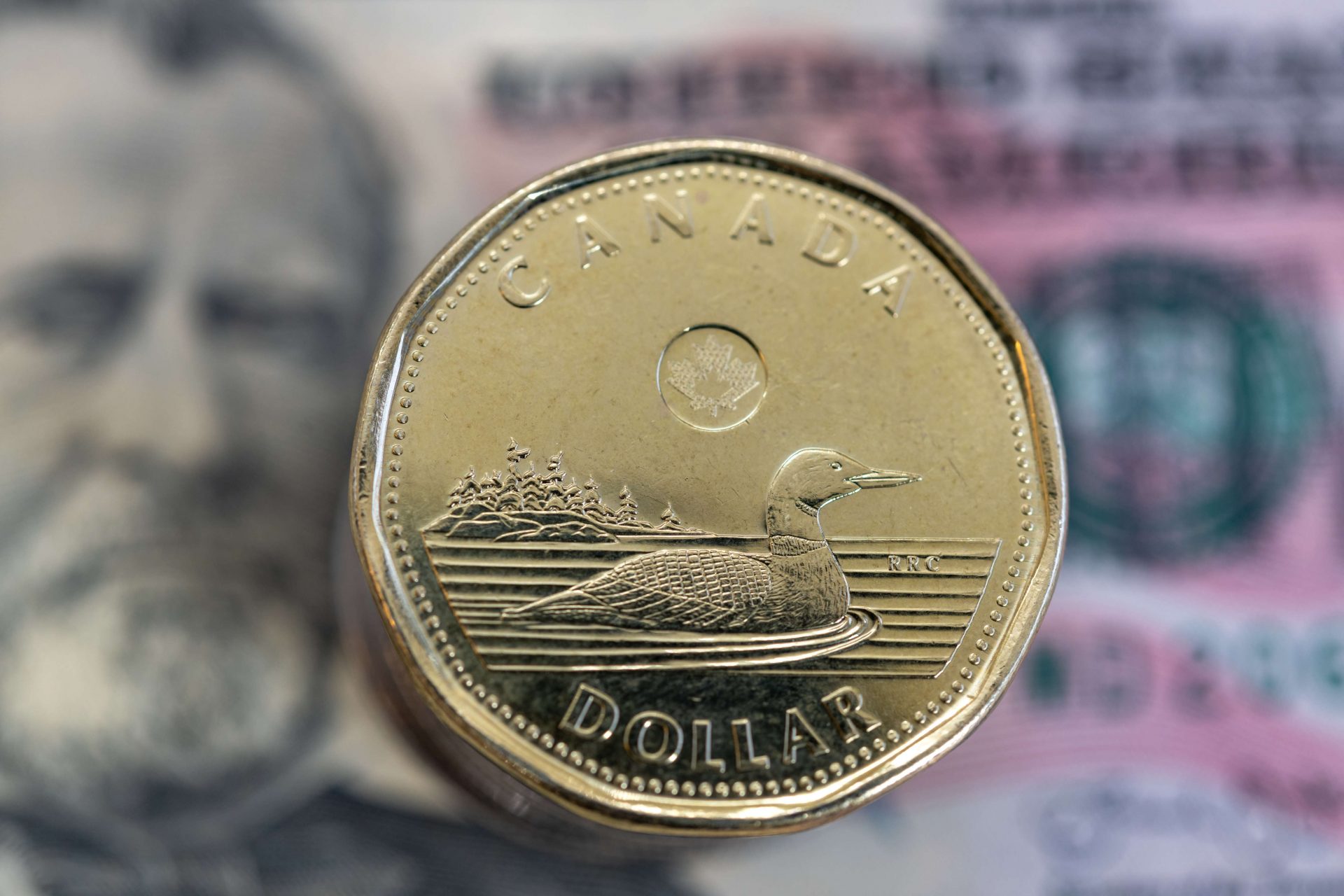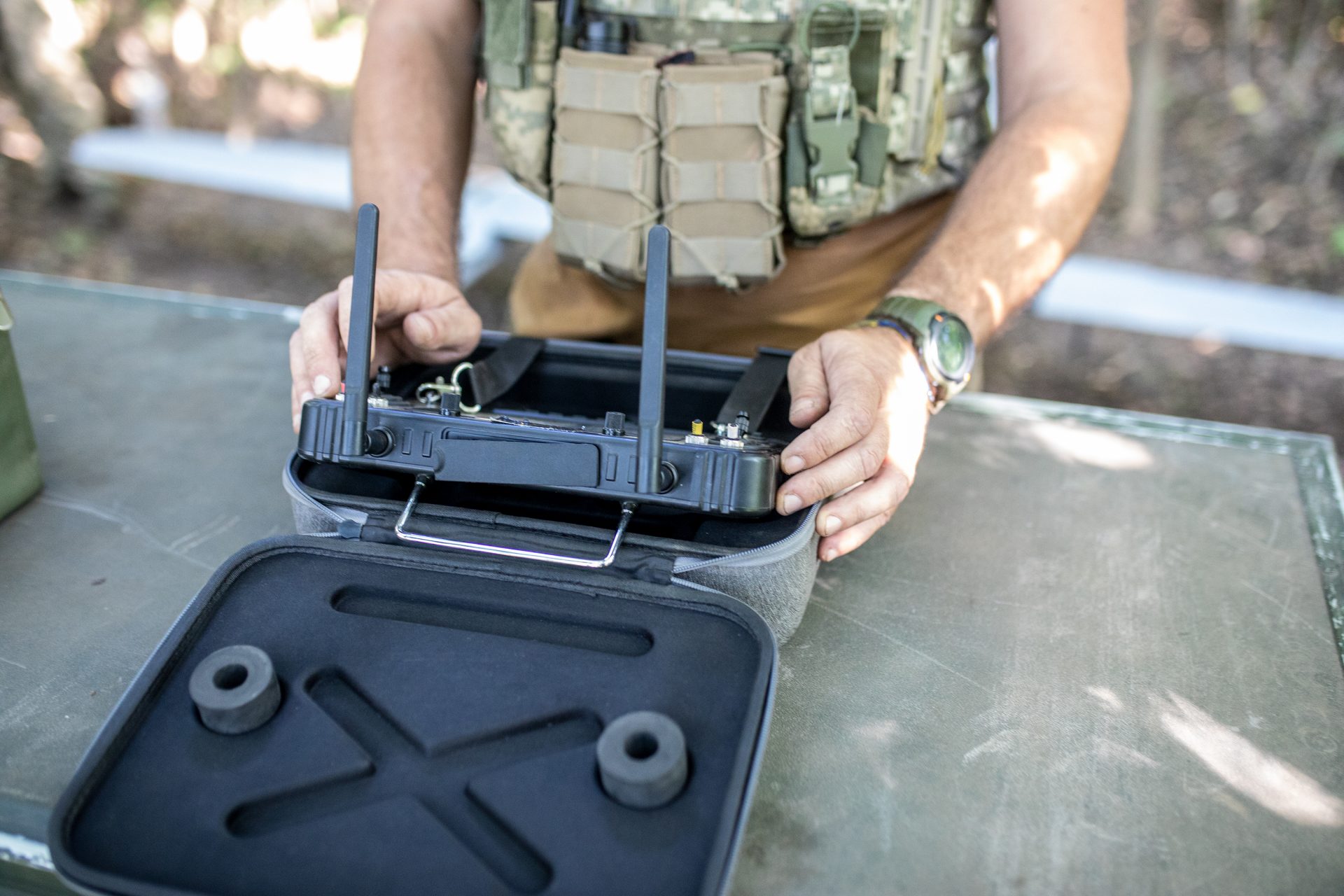These amazing women changed the world of science forever
Brilliant, ambitious and unparalleled audacity: these are the characteristics uniting the women on this list, pioneers in a field of knowledge that was, for too long, the prerogative of men.
Their discoveries and work changed the history of the world, so you really should know about them!
Not everyone knows that the world of computer programming has no father, but a mother, and her name is Ada Lovelace.
The Countess is credited with understanding the first algorithm in history, the systematic computational procedure upon which modern computers are based.
A curiosity: the maiden name of Ada Lovelace is Ada Augusta Byron and she is the daughter of Lord Byron, the famous British poet.
Known as the first woman in the world to obtain a doctorate, transcending the prejudices of her time, she taught mathematics at the University of Padua.
However, Elena was not allowed to become a professor of theology because she was a woman. Curiously, one stained glass window at Vassar College in New York is dedicated to her.
A British astronomer and mathematician of German origin, member of the Royal Astronomical Society, we owe to Herschel the discovery of 14 nebulae, 8 comets and 561 stars.
Caroline Herschel was, interestingly, also the first woman to receive a salary for her work.
The Italian physicist and academic had already defended 49 theses at the age of 20.
In 1776, she was appointed full professor and led the studies in experimental physics at the Institute of Sciences, at a time when women were generally denied access to (such) studies.
Elizabeth Garrett Anderson achieved something no woman had ever done before: enter the medical profession.
Fun fact: she was a member of the Society for Promoting the Employment of Women and a strong advocate for women's emancipation. She was an inspiration to many other women of her time (and beyond).
A pioneer in the history of paleontology, we owe her the discovery of the first complete skeletons of ichthyosaurs and plesiosaurs, marine fossils from the Jurassic period.
Despite being a pioneer in her field, interestingly, she had no specific training in this area.
Considered by Einstein as the most "significant" and "creative" mathematician of all time, this theoretical physicist gave the name of a theorem that forms the basis of current research in quantum physics - in particular, that of the Higgs boson.
Nevertheless, she was forced to flee Germany during the Nazi era after being banned from teaching as a Jew.
Winner of two Nobel Prizes, one in physics in 1903 and the other in chemistry in 1911, this Polish chemist and physicist (naturalized French) made a fundamental contribution to the study of radiation by discovering radium and polonium. She did so with the help of her husband Pierre and Antoine Henri Becquerel.
A curiosity: only four people in history have won more than one Nobel Prize and only two have done so in separate disciplines.
This Austrian-American biochemist (and her husband) is at the origin of the formulation of the "Cori cycle," that is to say the explanation of the movement of energy in the body.
It is interesting to note that the Cori couple worked together on about fifty articles, published under one or the other's name in the order of who had done the most research. They were the first couple to win a Nobel Prize.
An American doctor, she is considered the founder of pediatric cardiology.
Taussig identified the "blue disease" syndrome, responsible for a number of sudden infant deaths, and was a leading specialist in heart defects.
An American biologist, she received the Nobel Prize for Medicine in 1983 for discovering the existence of grafts.
Her studies mainly consisted of experiments on ears of corn. She even started talking about epigenetics 40 years before it became a recognized area of research.
An American mathematician and programmer, she coined the term "debugging," among other things, when she solved a problem in the programming code written for the world's first computers.
Hopper is one of the key figures in the development of the Cobol language, designed to bring computing vocabulary closer to everyday language and to facilitate the dissemination of computing.
The second woman in the world to receive the Nobel Prize in Physics, after Marie Curie, this scientist became famous for having proposed the "shell model" of the atomic nucleus.
Born in Germany but naturalized American, she contributed from an early age to research on beta decay before working on quantum mechanics.
A crystallographer (someone who studies the structure and properties of solid matter at the atomic scale) and a biochemist from the UK, Dorothy Hodgkin was awarded the Nobel Prize in Chemistry in 1964 thanks to her advances in the technique of X-ray diffraction.
While rheumatoid arthritis accompanied her throughout her career, she was able to determine the atomic structure of cholesterol, penicillin, and vitamin B12.
A biologist and zoologist, Carson is considered the mother of the Western environmental movement thanks to her many writings.
The first was 'Silent Spring' in 1962. She denounced the dangerous effects of pesticides and other products of the chemical industry on humans, animals, and plants.
An Italian neurologist and senator for life, she was awarded the Nobel Prize in Medicine in 1986 for discovering and identifying the nerve fiber growth factor Ngf.
Best known for her discoveries in pharmacology, she and her colleague George H. Hitchings were awarded the Nobel Prize for Medicine in 1988.
Her research includes treatments for HIV, herpes, immune disorders, and leukemia.
Photo: By GlaxoSmithKline plc - GSK Heritage Archives, CC BY 4.0, https://commons.wikimedia.org/w/index.php?curid=32736296
This British archaeologist and paleontologist dedicated her life to the study of hominid remains in Africa and is now considered one of the world's leading paleo-anthropologists.
An example of her discoveries is that Australopithecines were bipedal as early as 3.75 million years ago.
Amazingly, though not surprisingly when considering the culture of the time, some of her discoveries were initially attributed to her husband Louis.
Vera Rubin, an American astronomer, was the first to study the rotation of galaxies.
Rubin developed the concept of dark matter following the observation of discrepancies with Newton's laws concerning the angular movements of galaxies.
This North American biophysicist was the winner of the Nobel Prize for Medicine in 1977.
Yalow developed the technique of radio-immunological assay which makes it possible to quantify the concentration of biological substances from a small sample of the patient's blood.
A British crystallographer and chemist, she provided the experimental evidence for the structure of DNA that won her colleagues Wilkins, Watson and Crick the Nobel Prize.
An amazing fact: she never received the recognition she deserved, because the first photographs she took of the DNA double helix's model were stolen.
In 1963, she was the first woman to travel in space and the only one of the first group of Soviet female astronauts to actually be deployed on a mission.
Fun fact: a few years ago, the truth was revealed about her return to Earth, which was not as successful as presented to the press. Actually, Tereshkova only survived by a stroke of luck.
A mathematician, computer scientist, and rocket scientist, she led the team that developed the software for the Centaur stage of space launchers.
In addition to being a great scientist, she was an important activist for African American rights and a pioneer for women wishing to pursue a career as an astronaut.
The first African woman to receive the Nobel Peace Prize, she worked as a biologist and environmental activist in Kenya.
First and foremost, however, she was an activist: she dedicated her life to fighting deforestation and soil erosion, and she also had to defend herself against hoaxes that attributed to her the theory of HIV as a "virus intended to exterminate black people."
A geneticist and researcher on breast cancer, Mary Claire King demonstrated in her thesis the scientific theory of the similarity between humans and chimpanzees.
You should also know that, in the 1980s, she used genetics to reunite children with their parents after the end of the civil war in Argentina.
A French immunologist, she received the Nobel Prize for Medicine in 2008 together with Luc Montagnier for the discovery of the HIV virus.
An American astronaut, she went into space for the first time in 1983. She was a NASA executive and professor of physics.
Fun fact: she was one of the first people to use the robotic arm in orbit.
A professor of theoretical epidemiology, her studies focus on the pathogens responsible for malaria, influenza, and bacterial meningitis and their evolution.
Interesting to know: she is a great lover of literature and her novels on the links between art and science are of great interest both from a scientific and literary point of view.
This Italian astrophysicist contributed to the discovery of gravitational waves.
The publications 'Time' and 'Nature' have included her in their rankings for her studies of the development of gravitational methods for studying the Universe.
An Iranian mathematician, she became the first woman to win a Fields Medal in 2014, thanks to her contributions in disciplines ranging from hyperbolic geometry to ergodic theory and symplectic geometry.
She died of breast cancer when she was only 40 years old. During her short but intense career, she also worked on Riemann surfaces and their dynamics.
Photo: By Maryeraud9 - Own work, CC BY-SA 4.0, https://commons.wikimedia.org/w/index.php?curid=117626026
More for you
Top Stories



